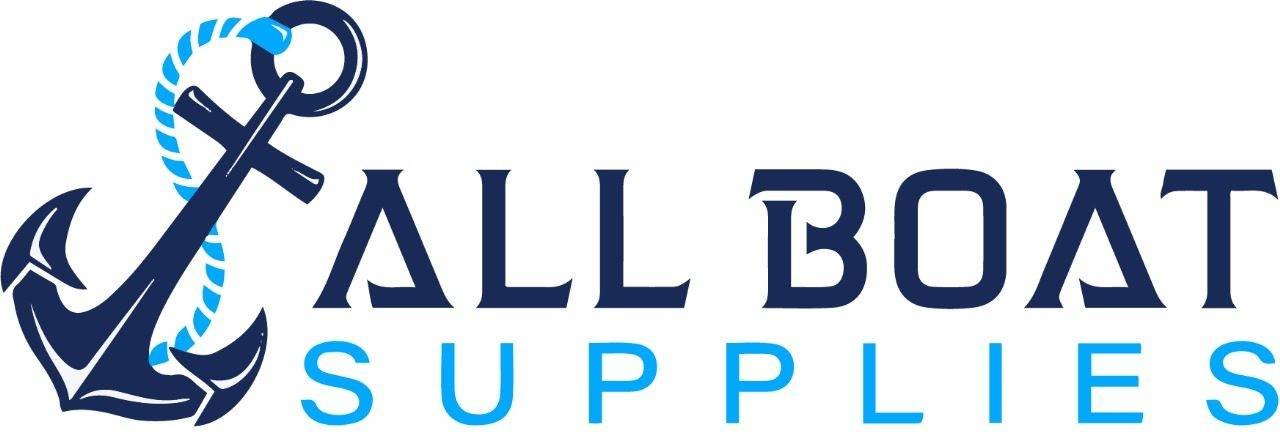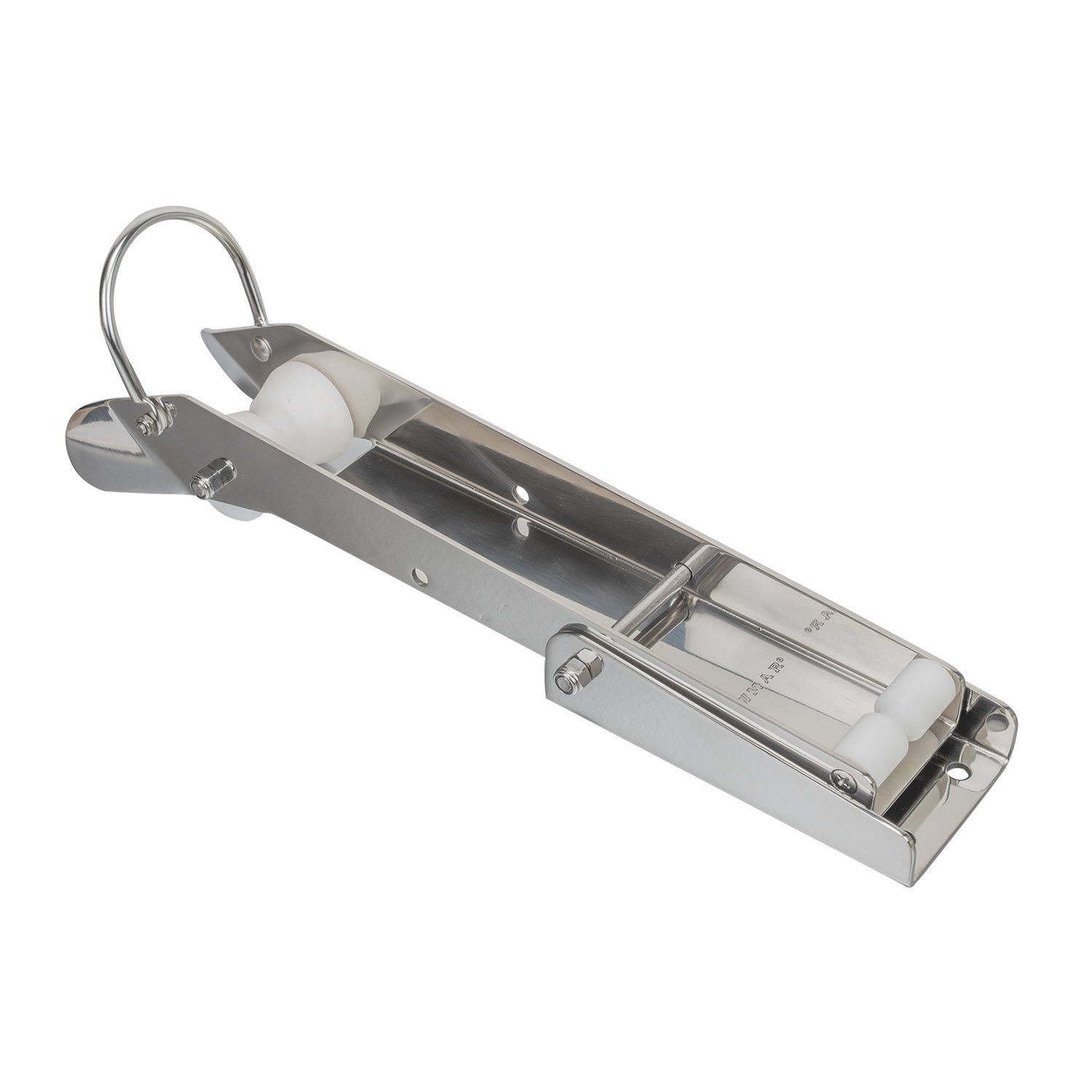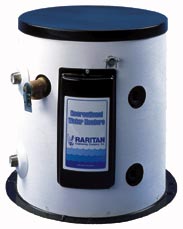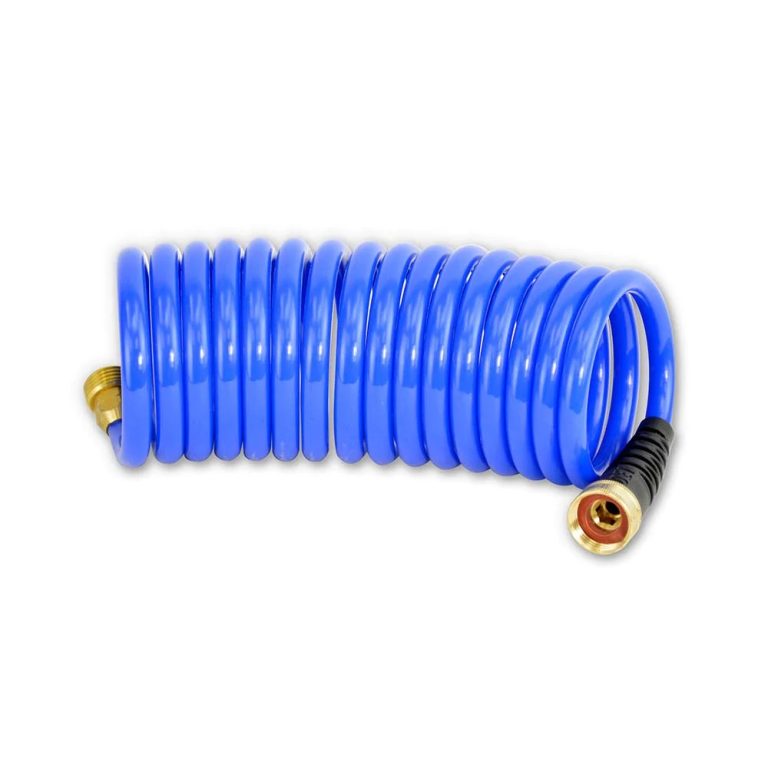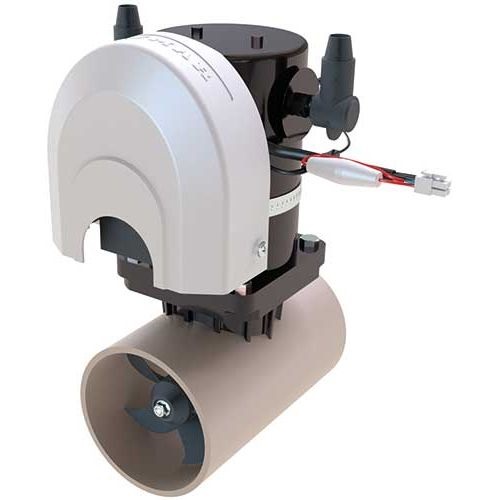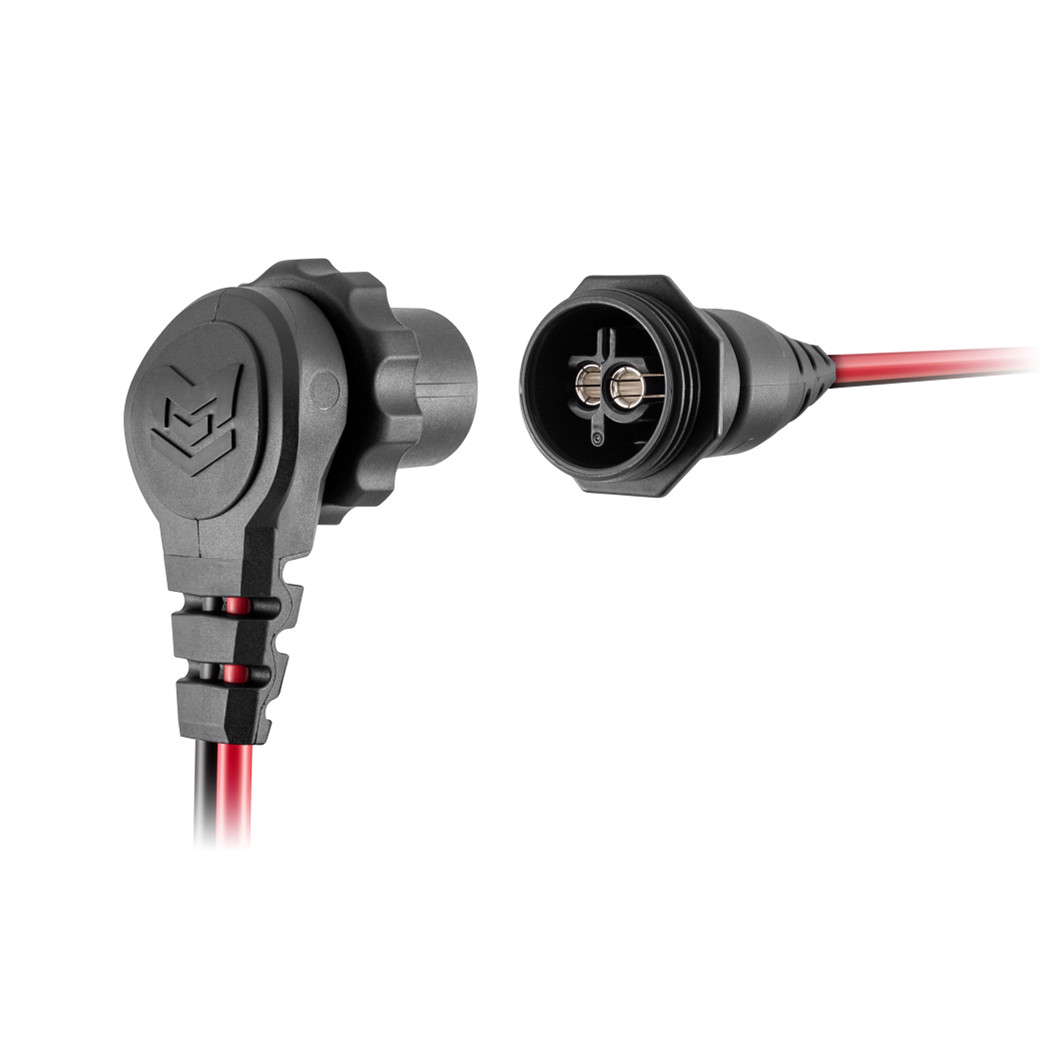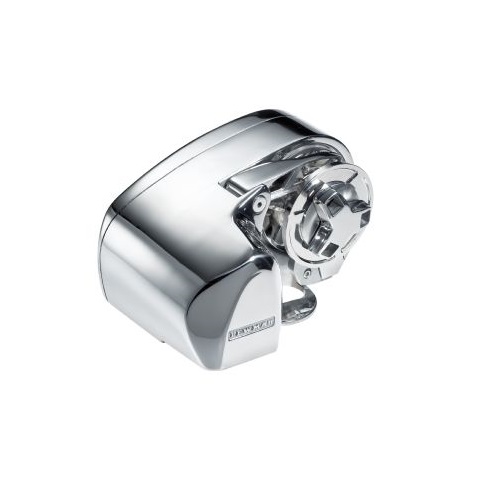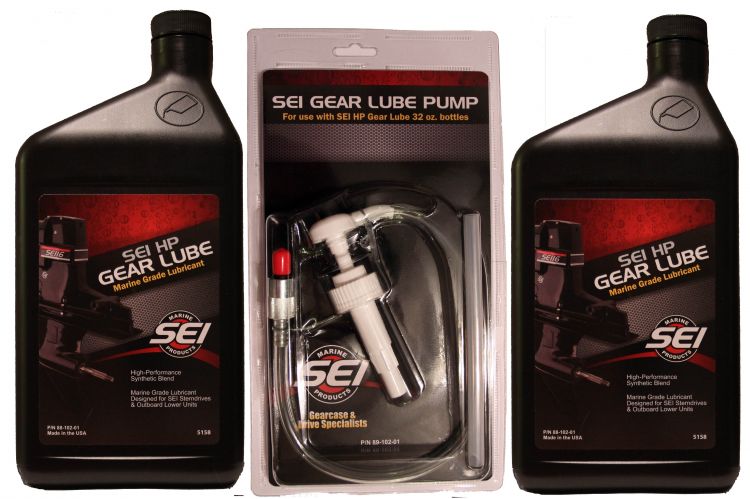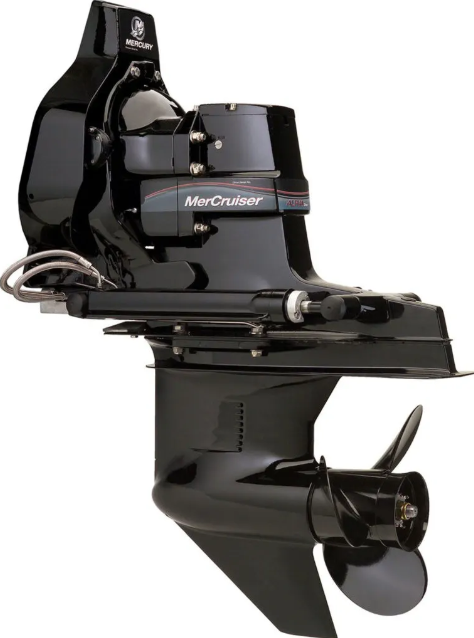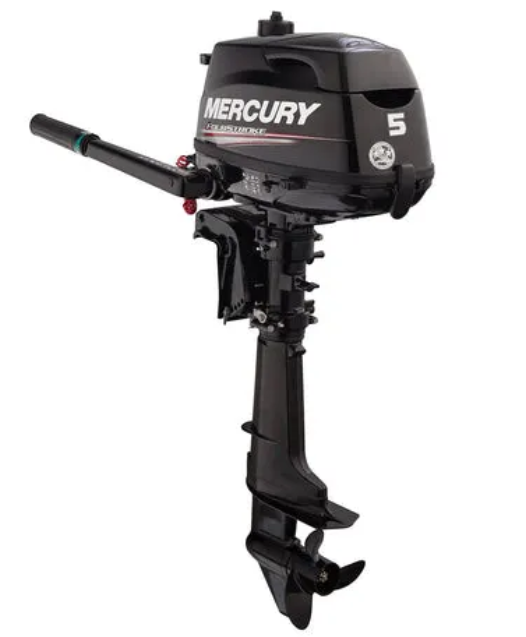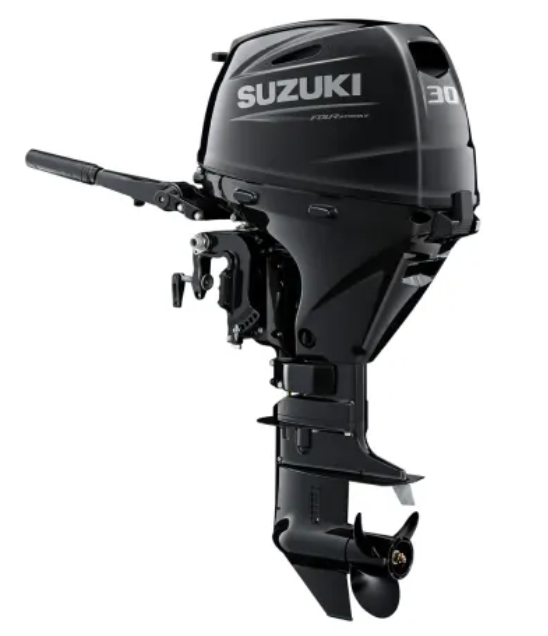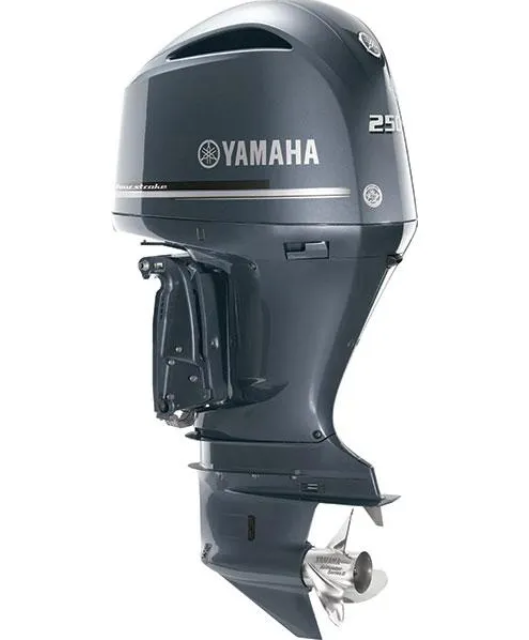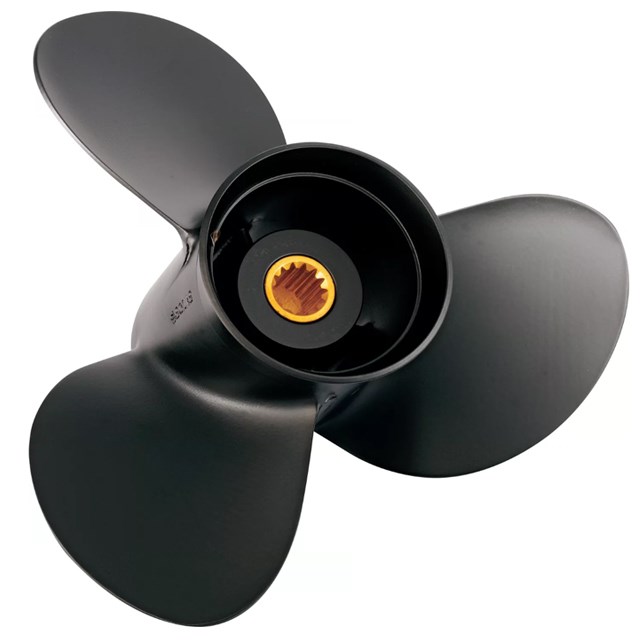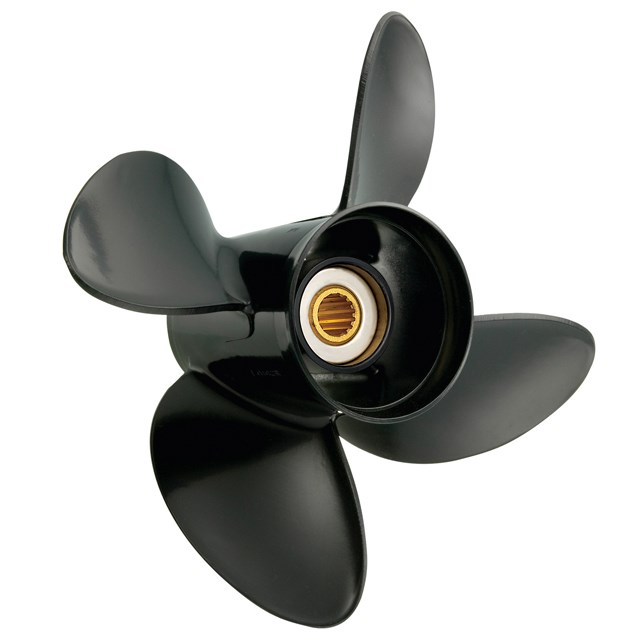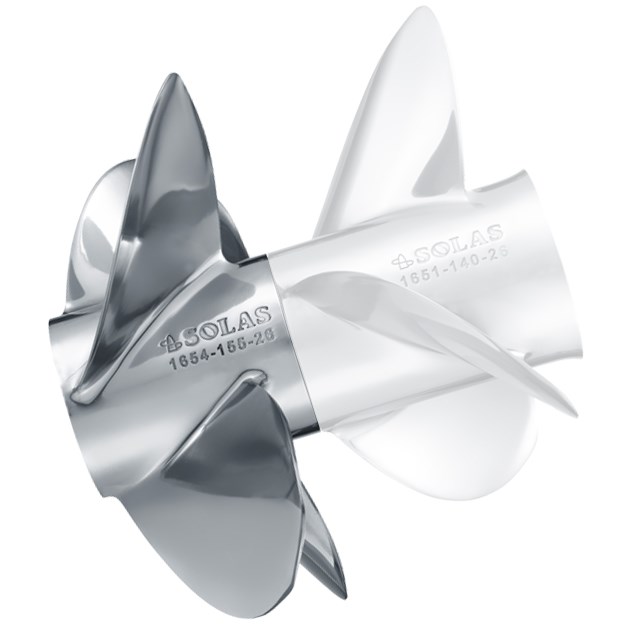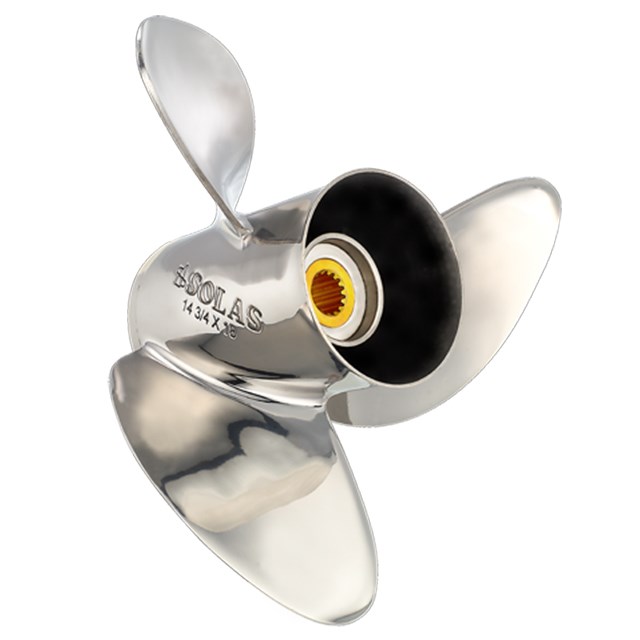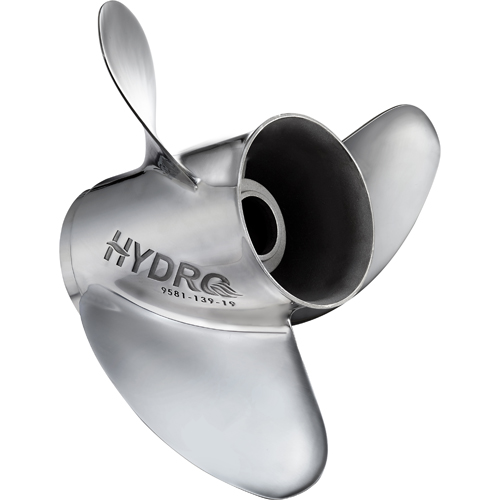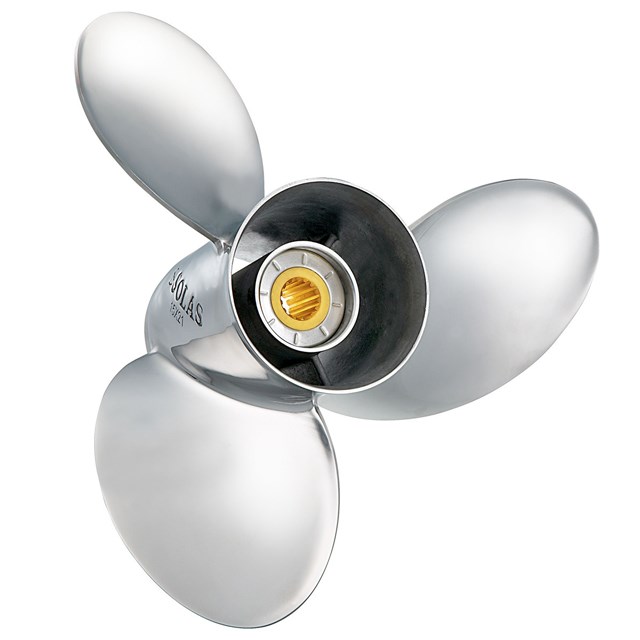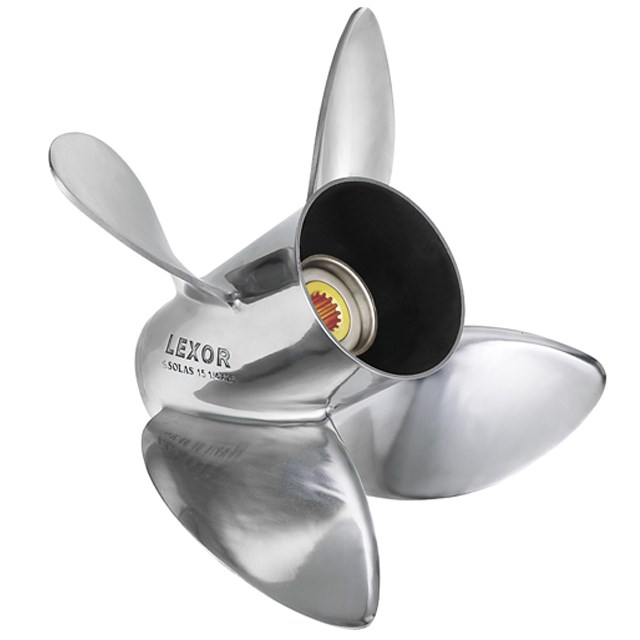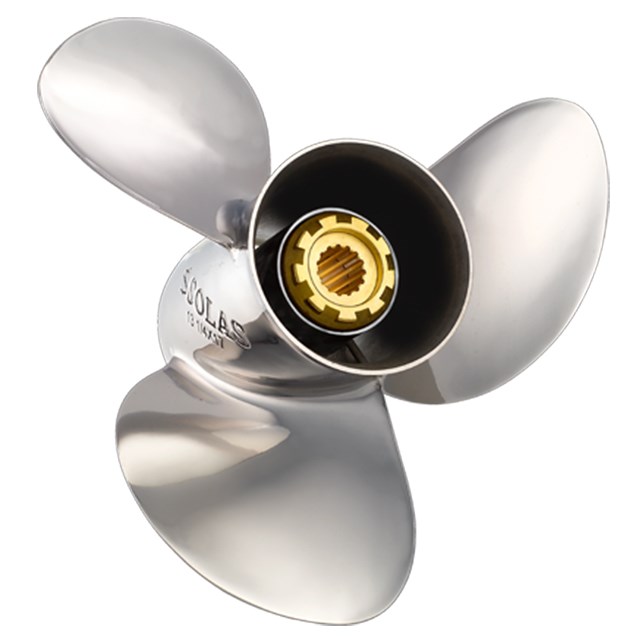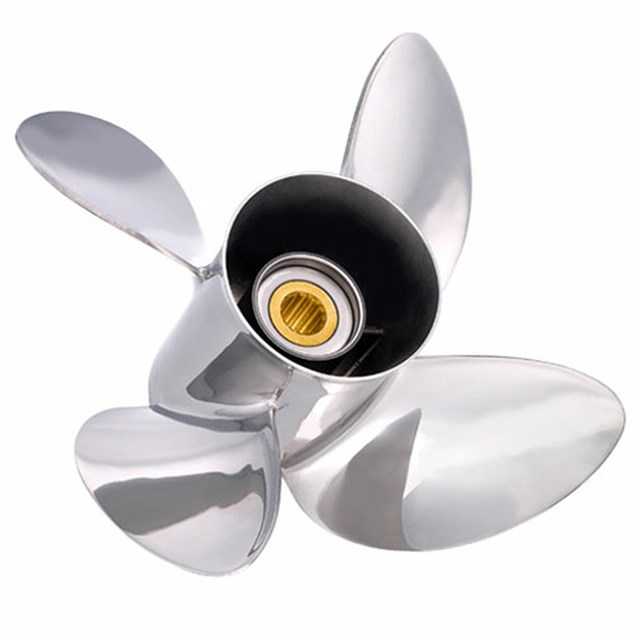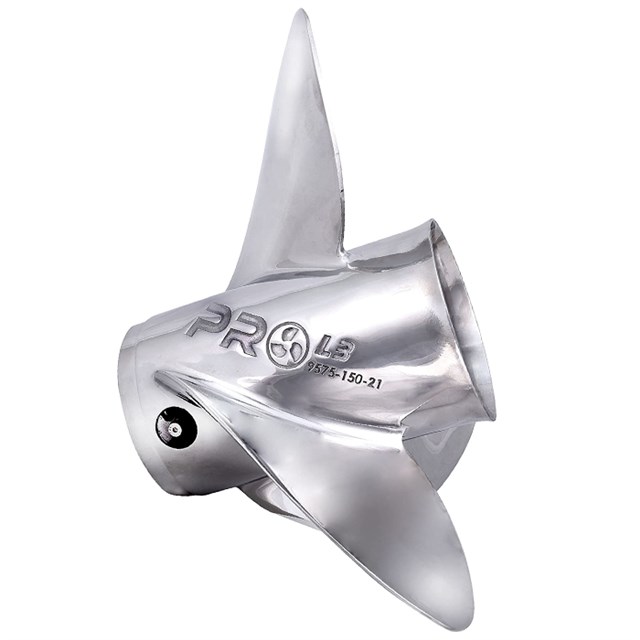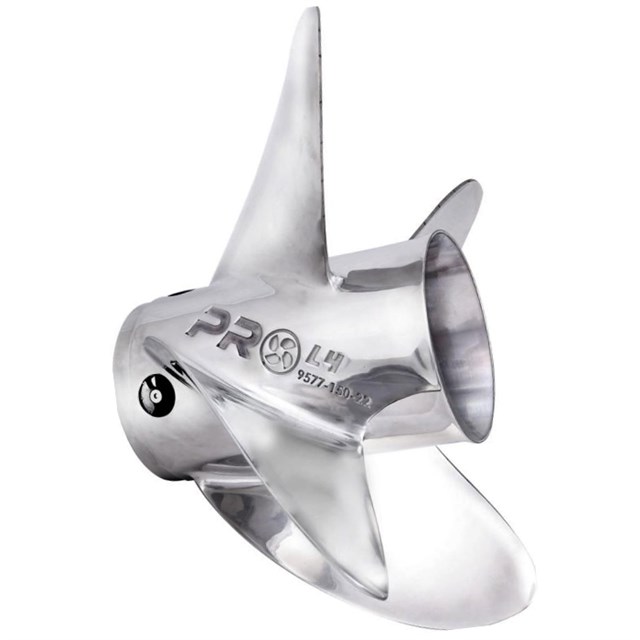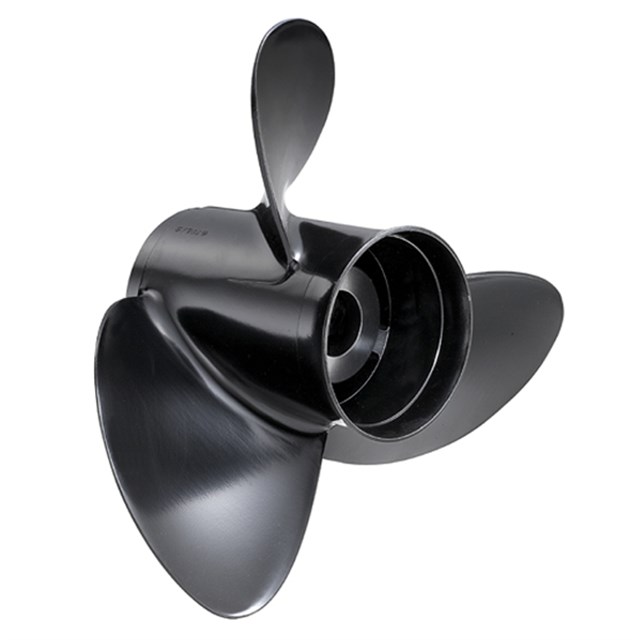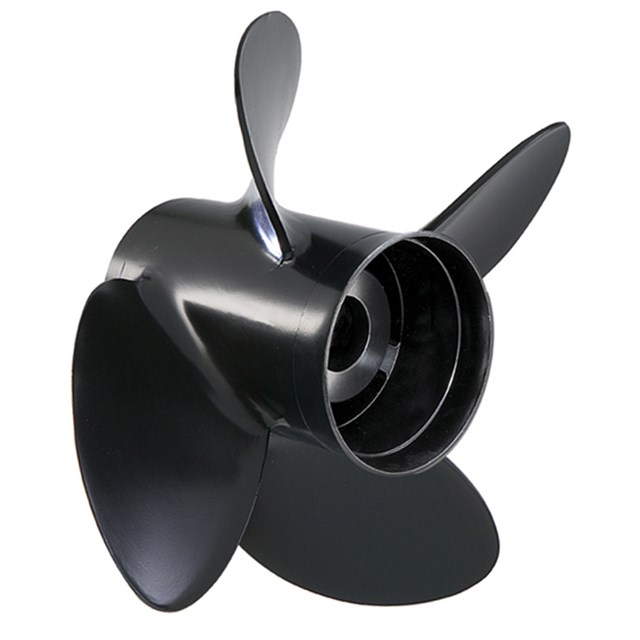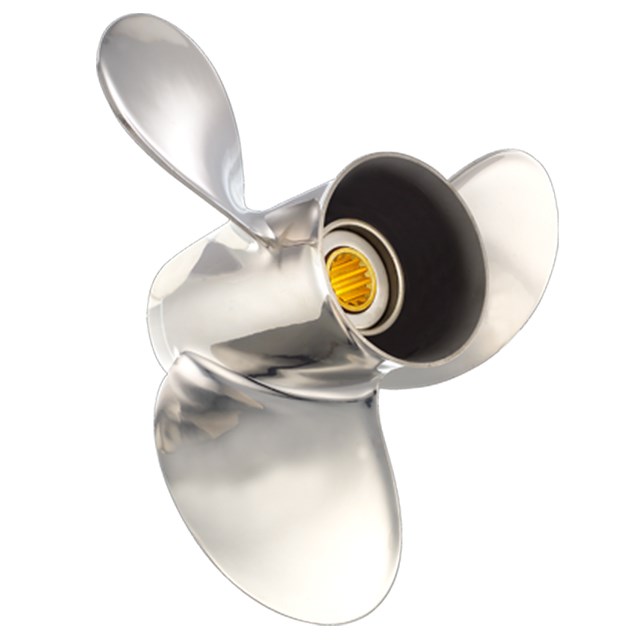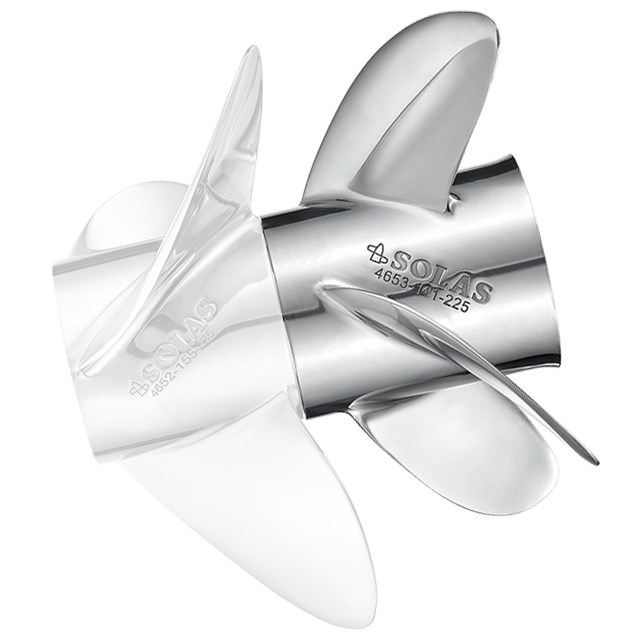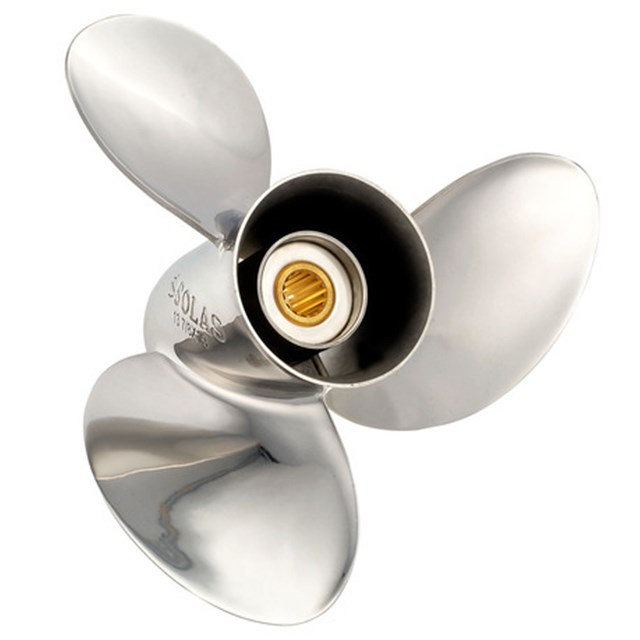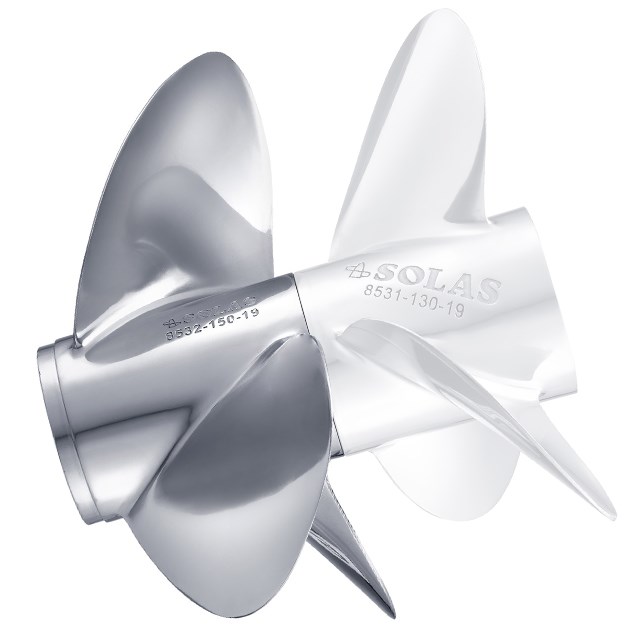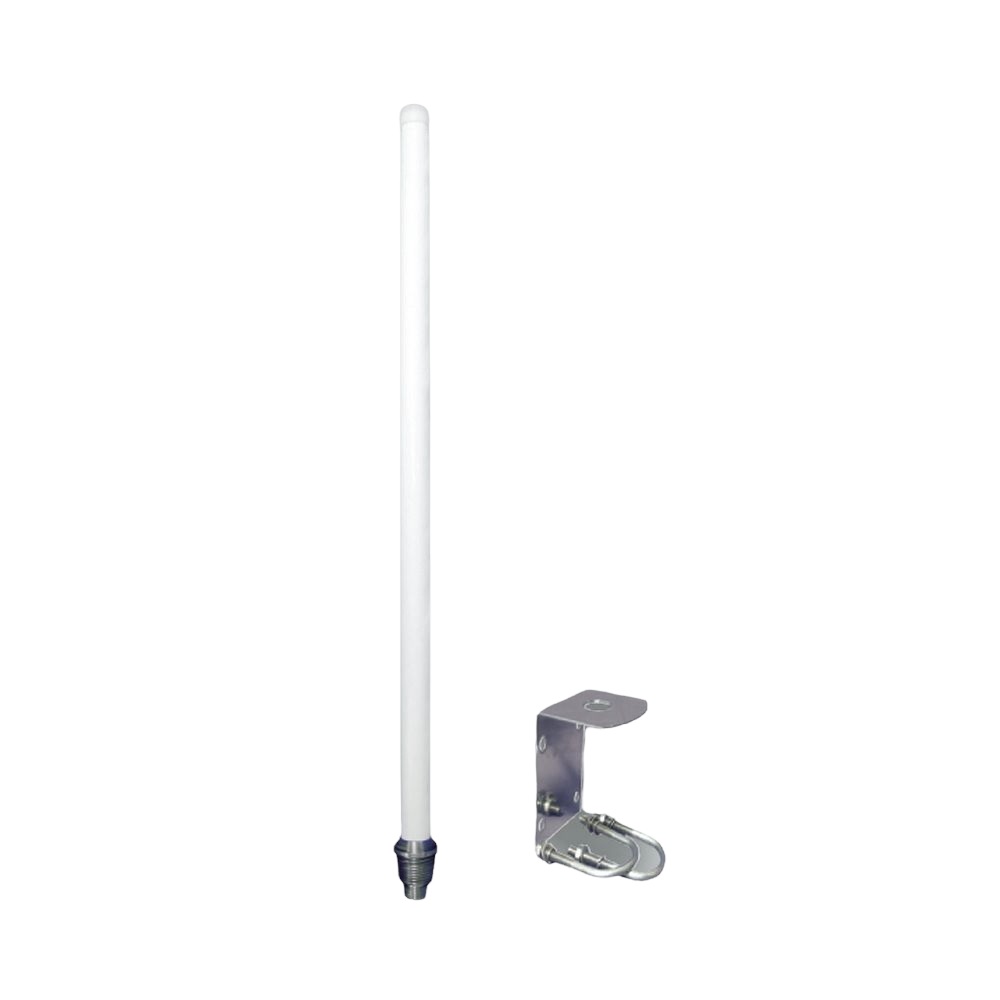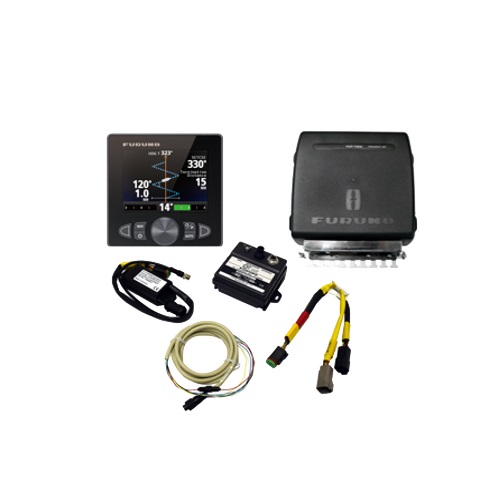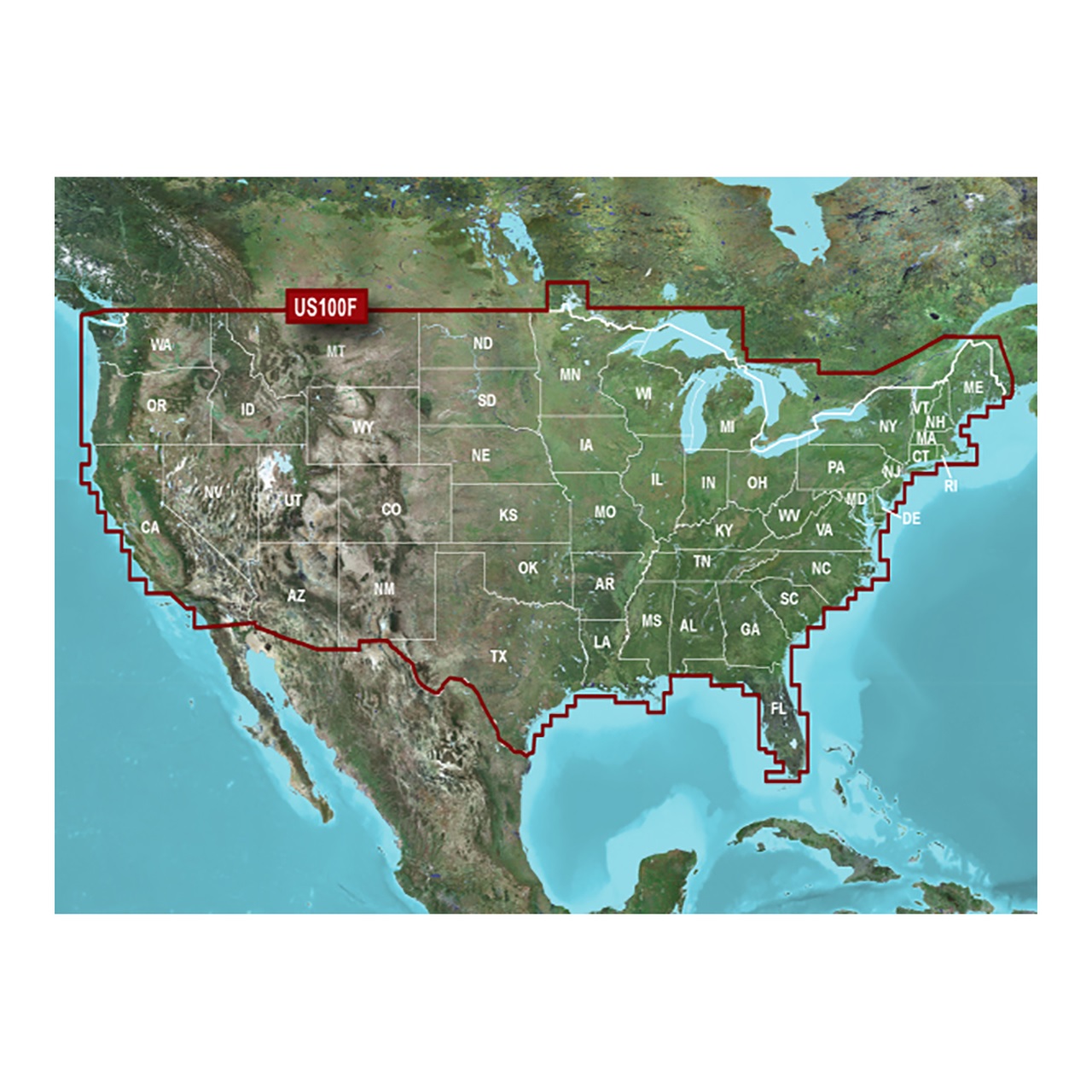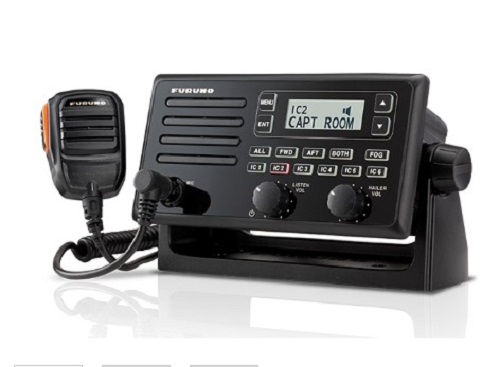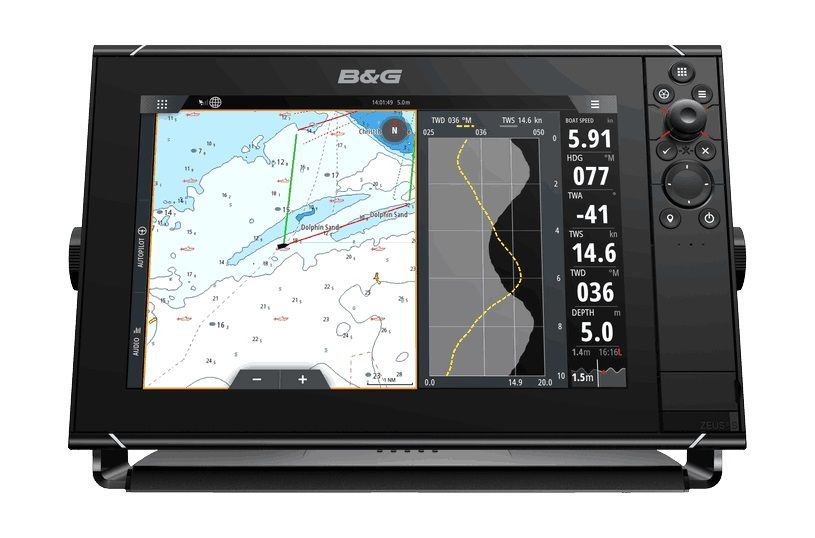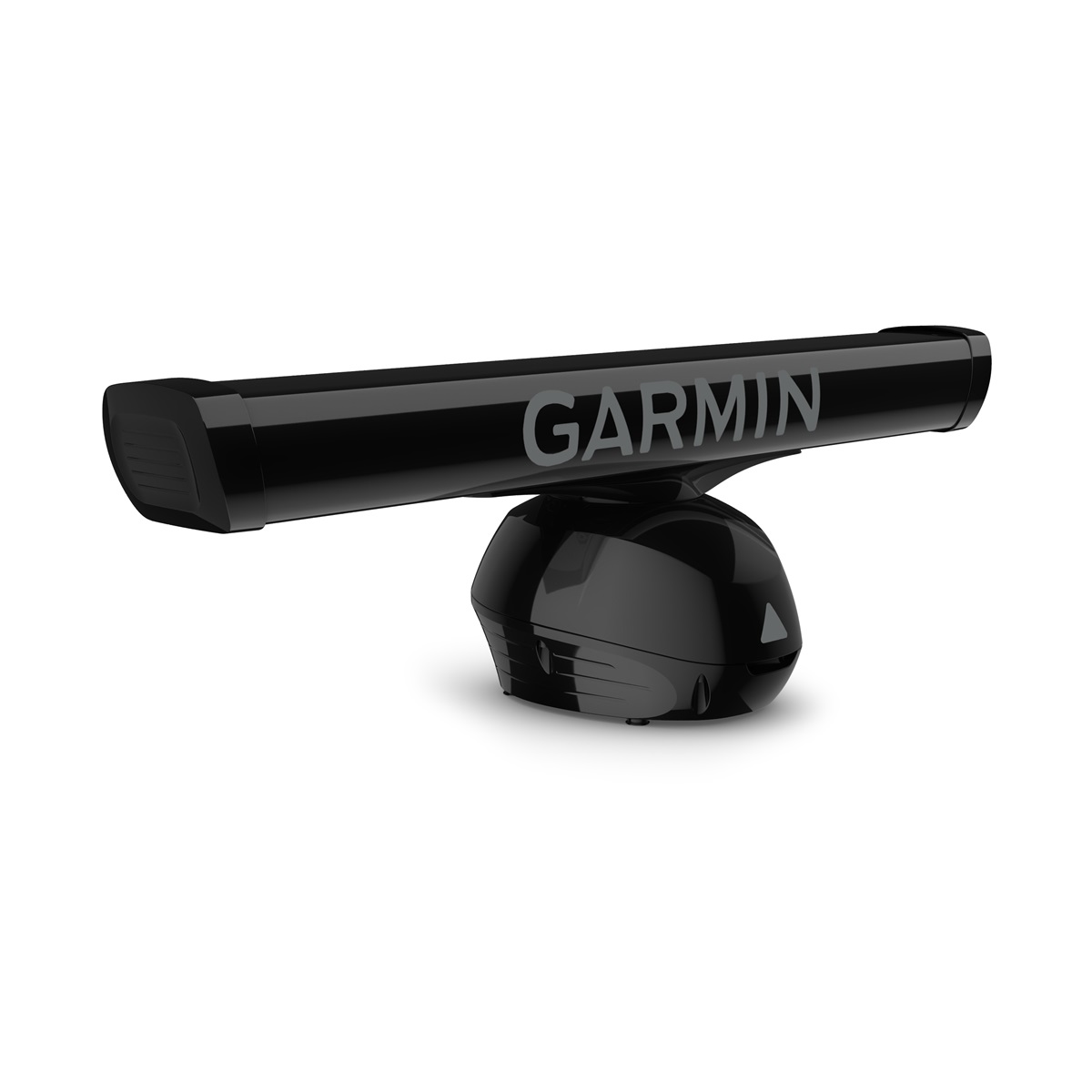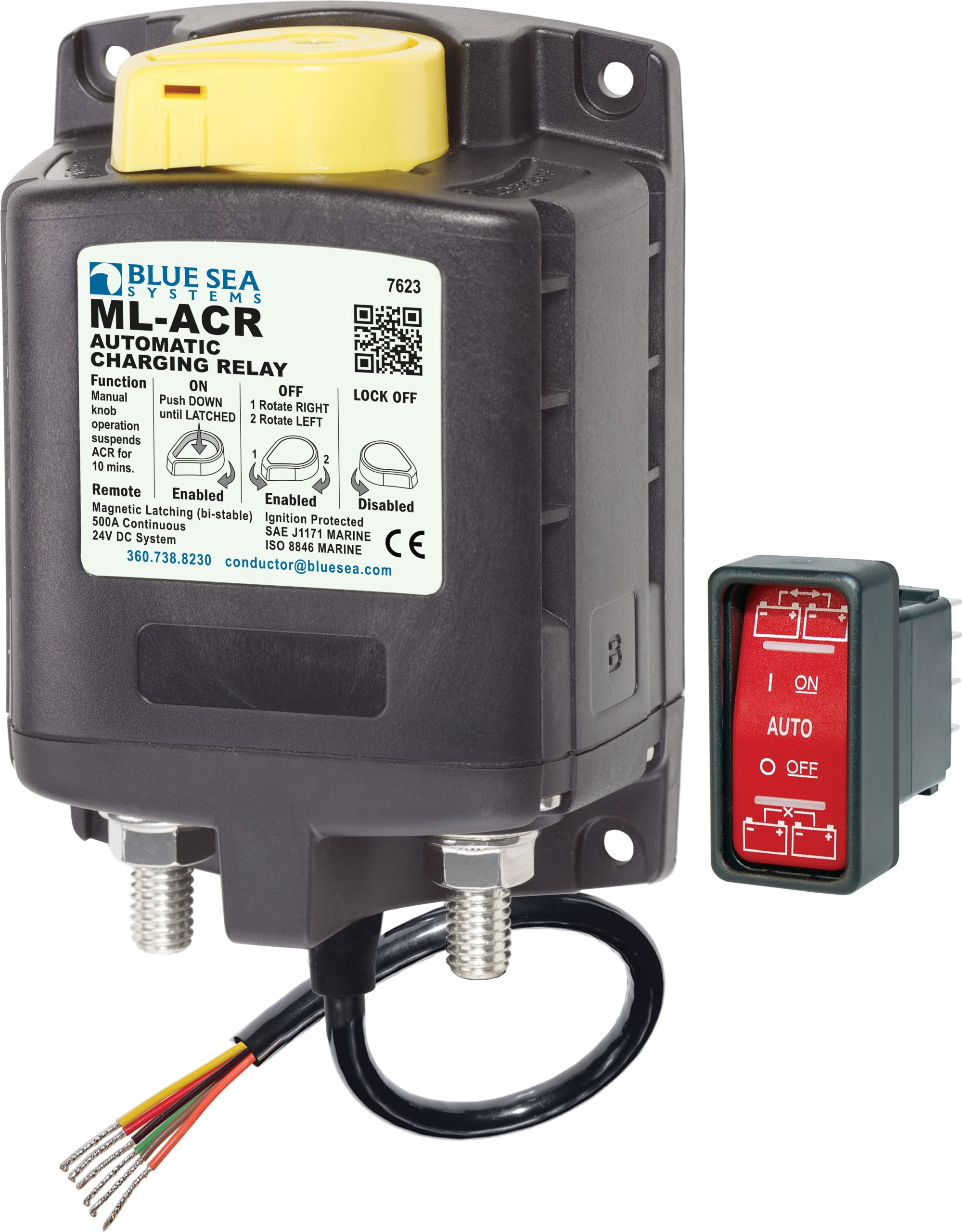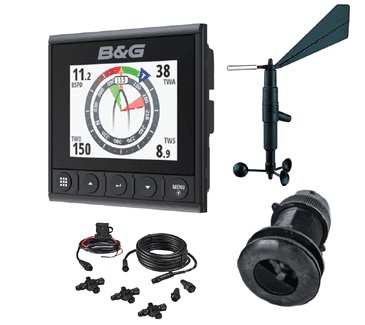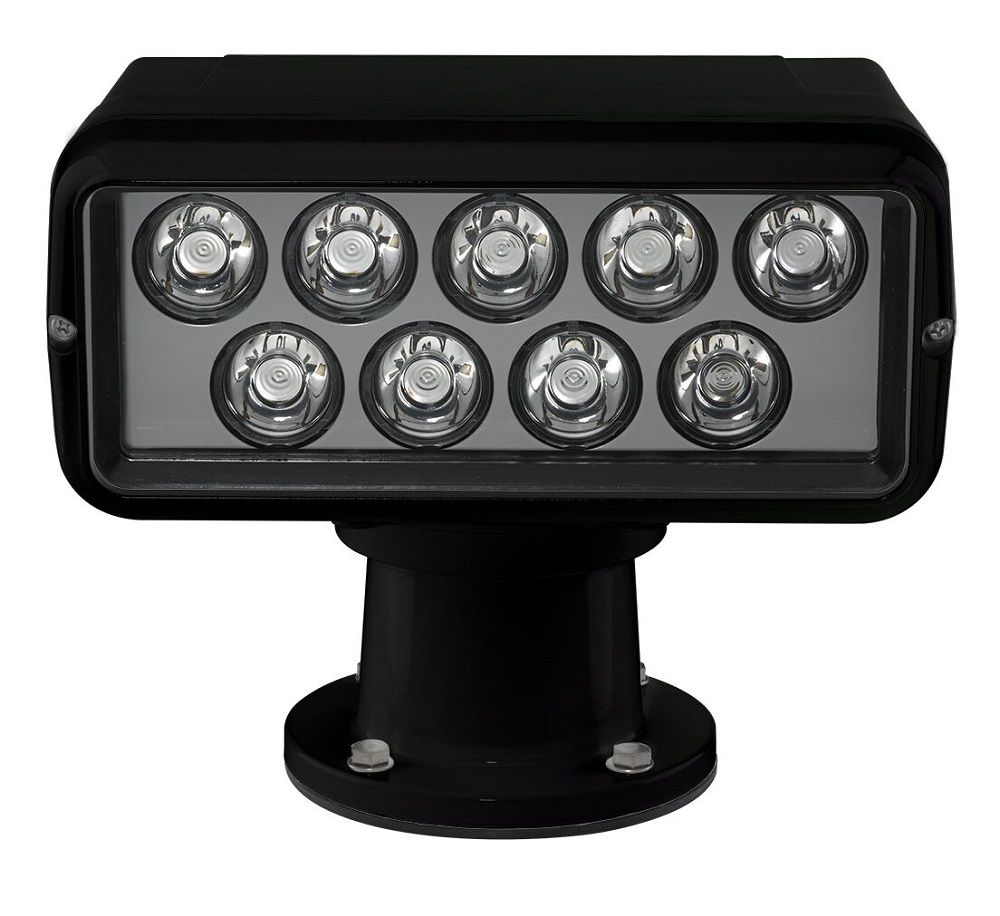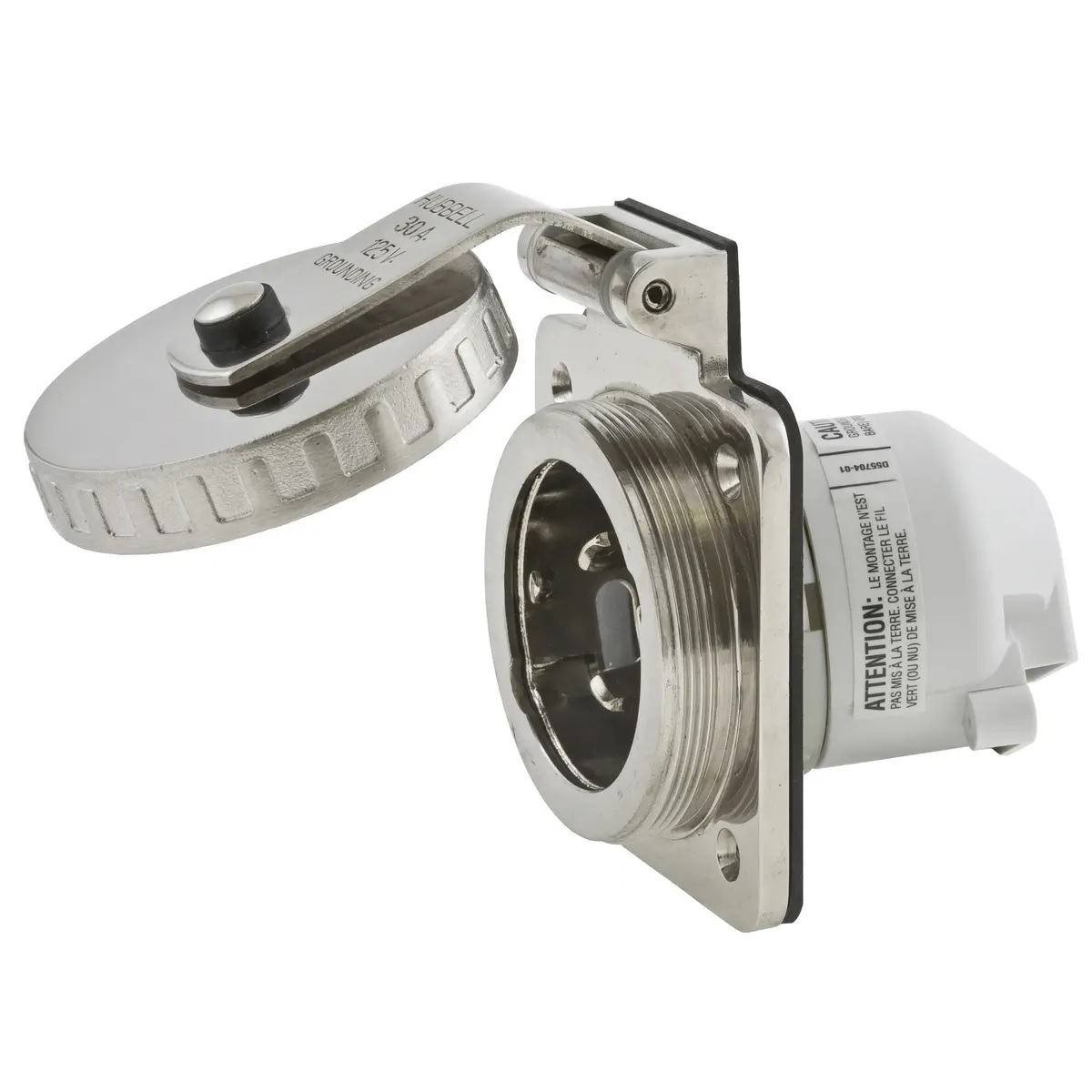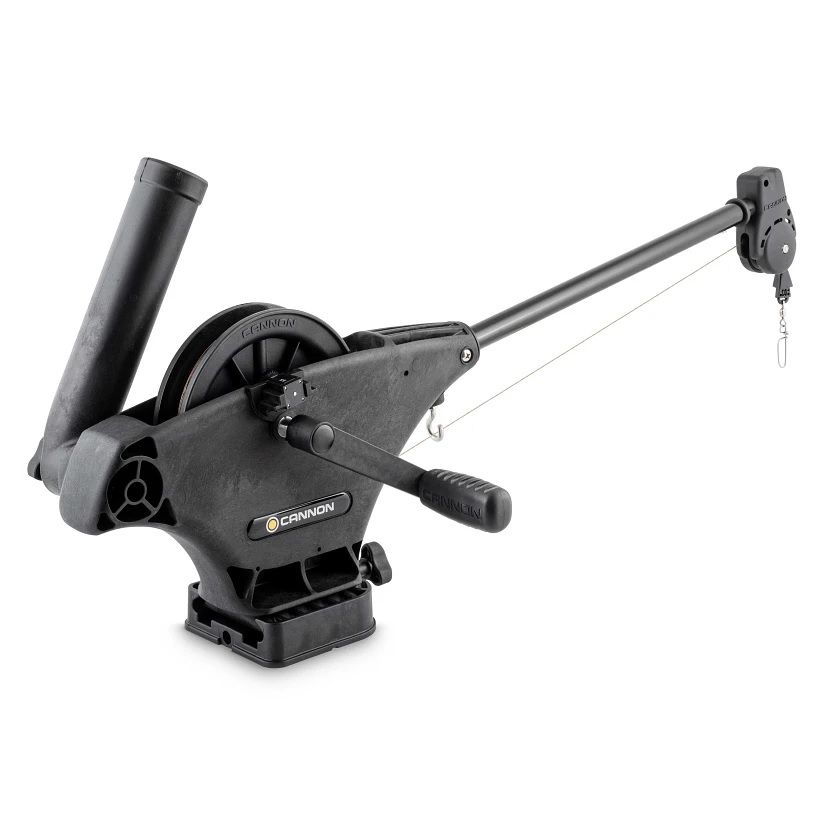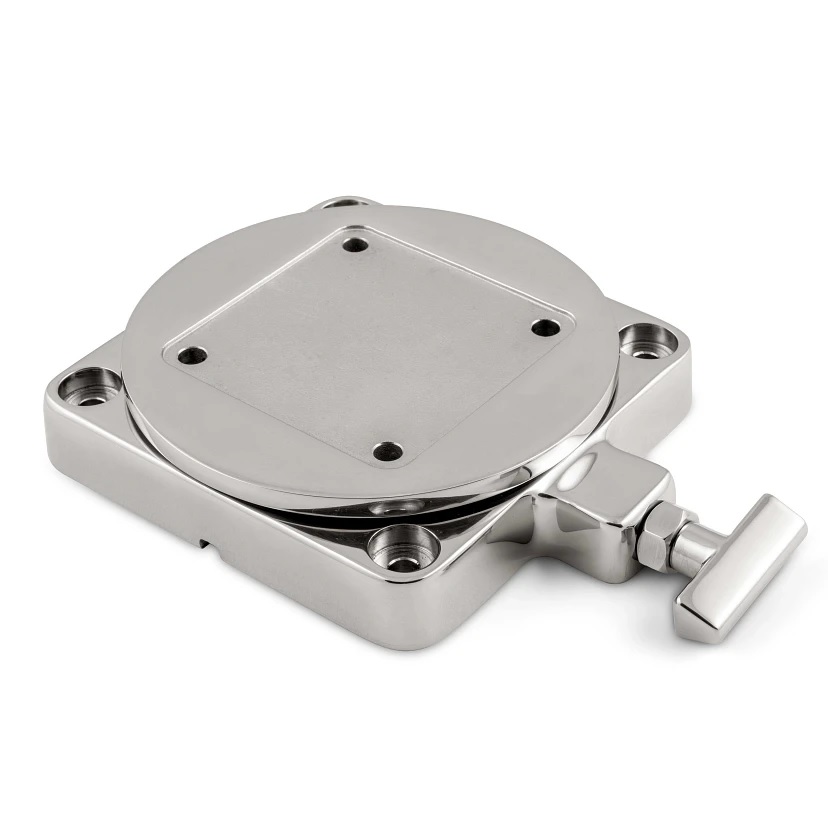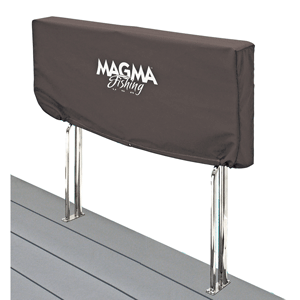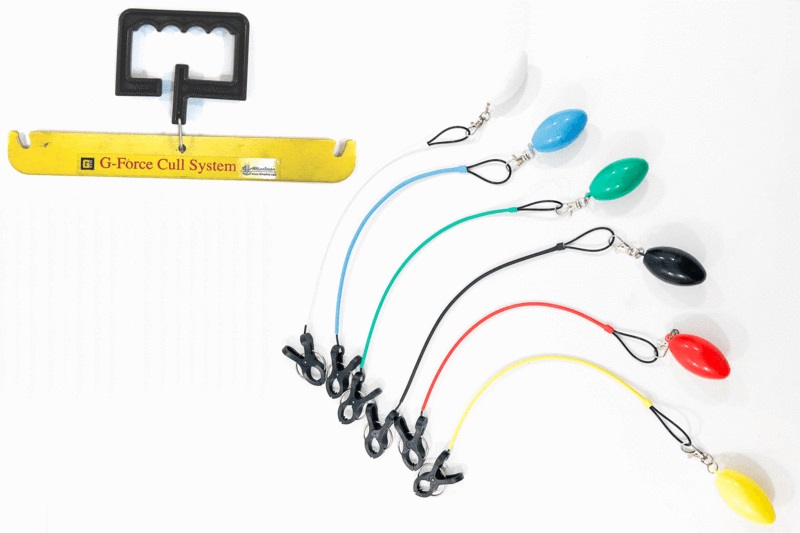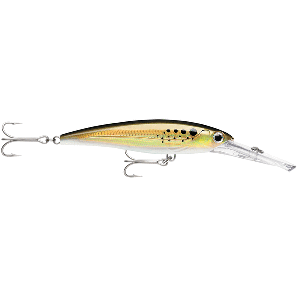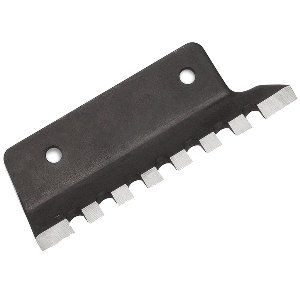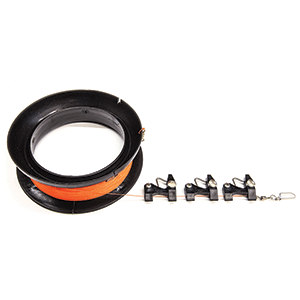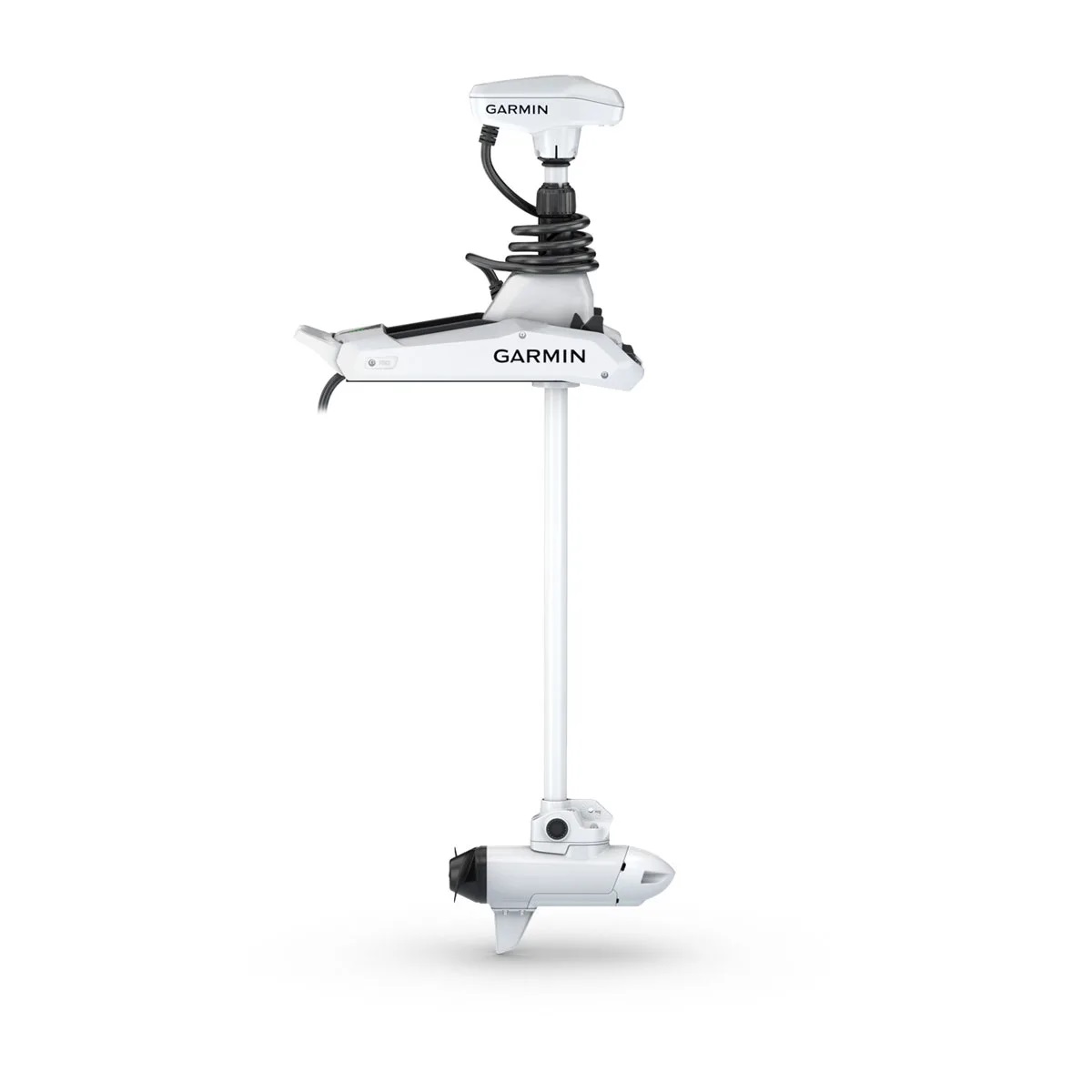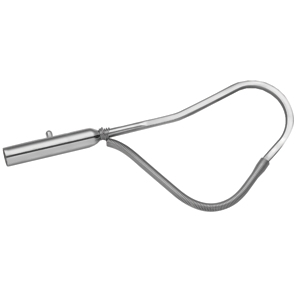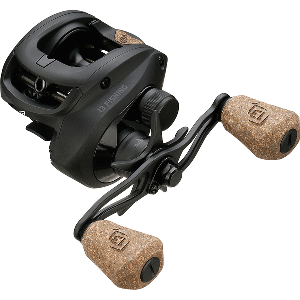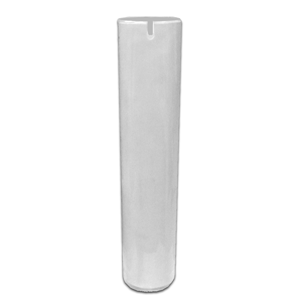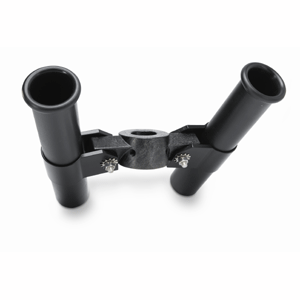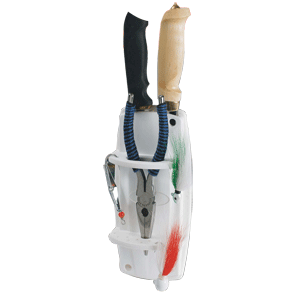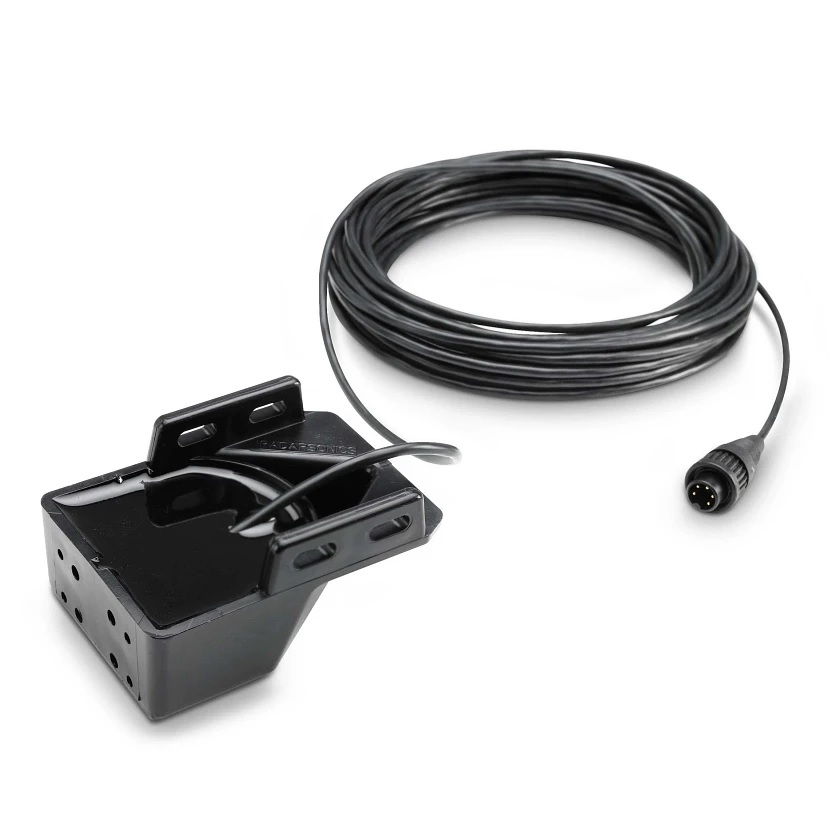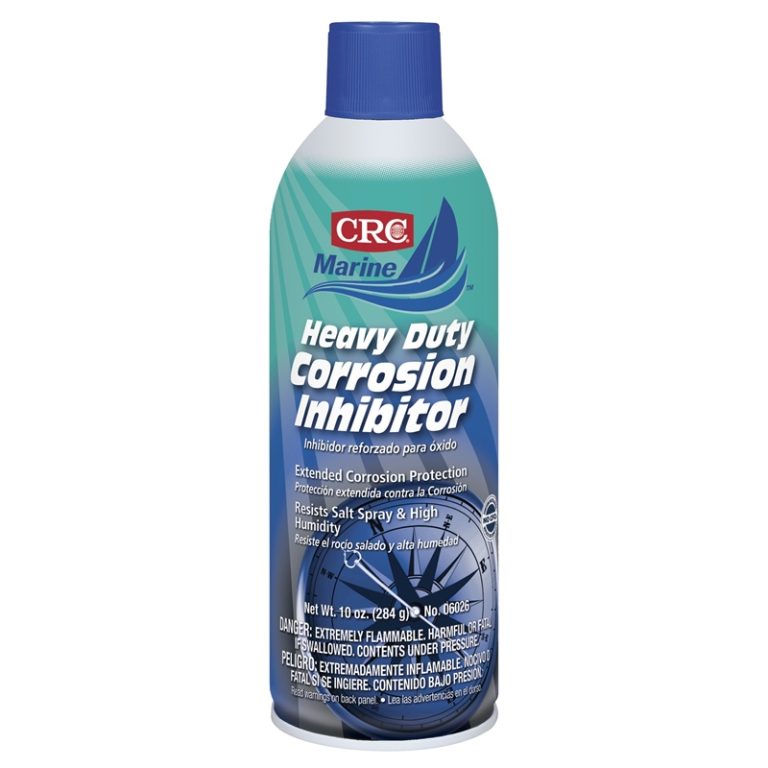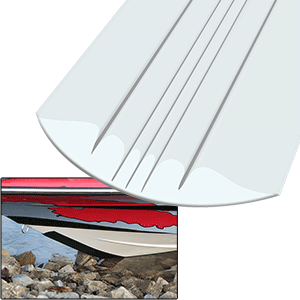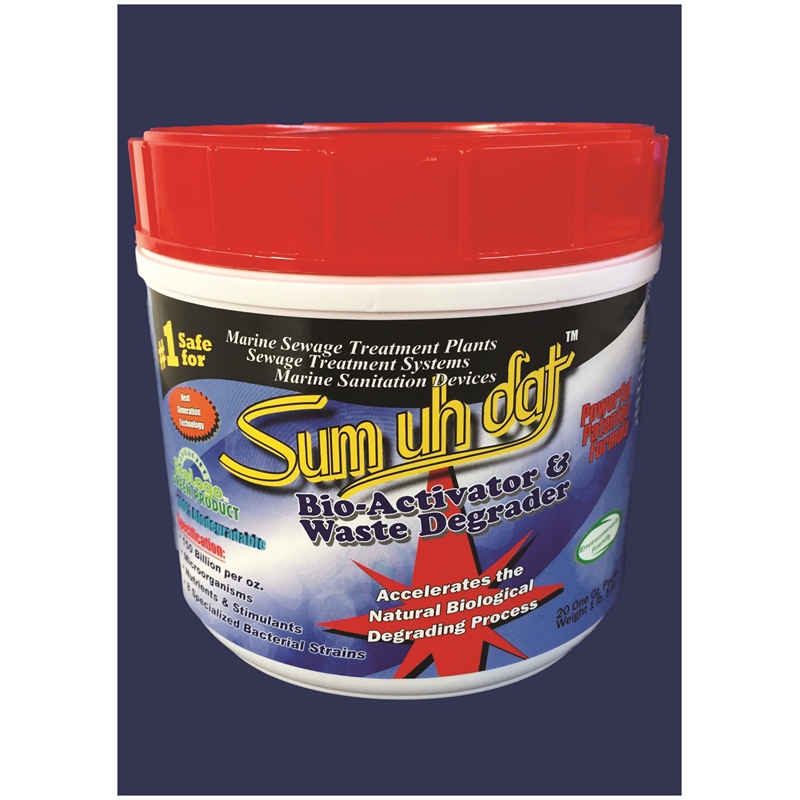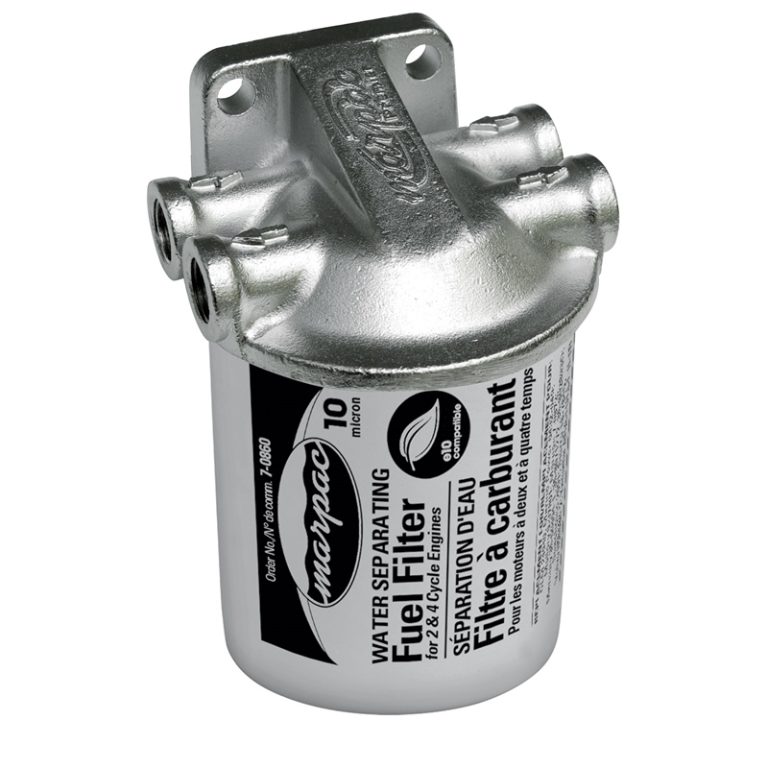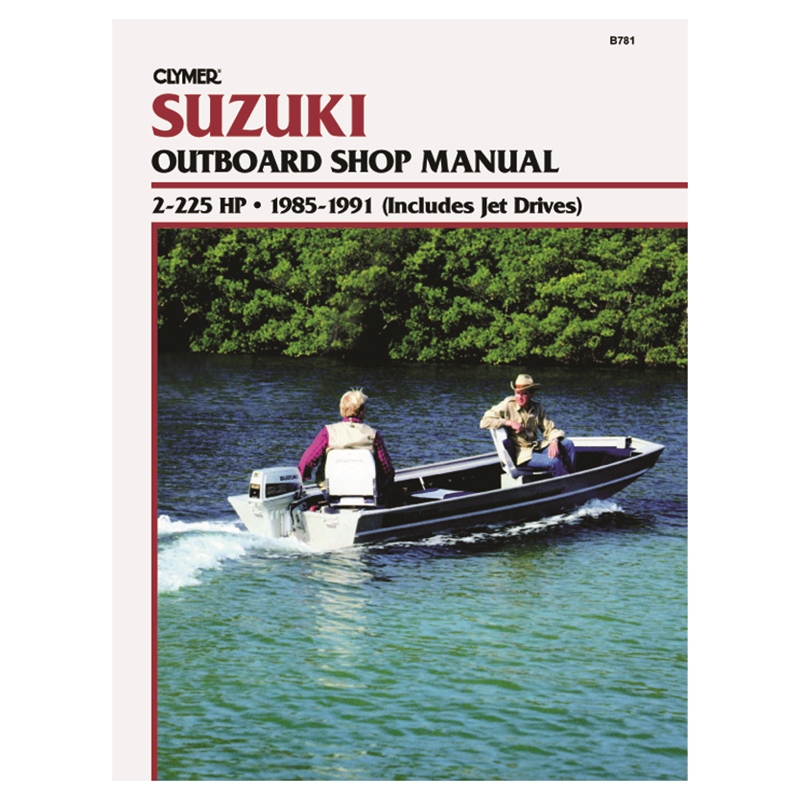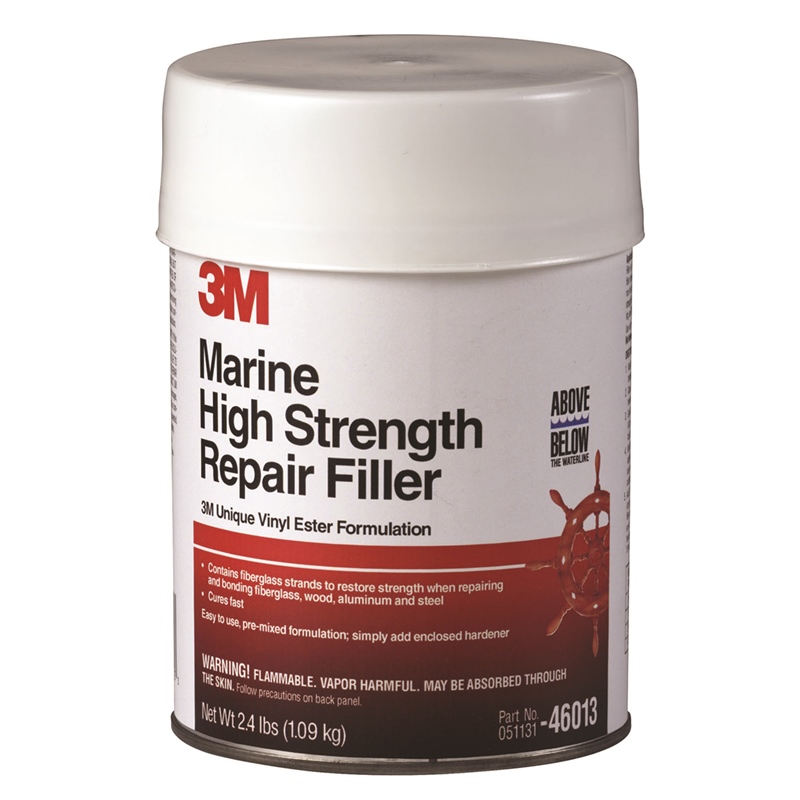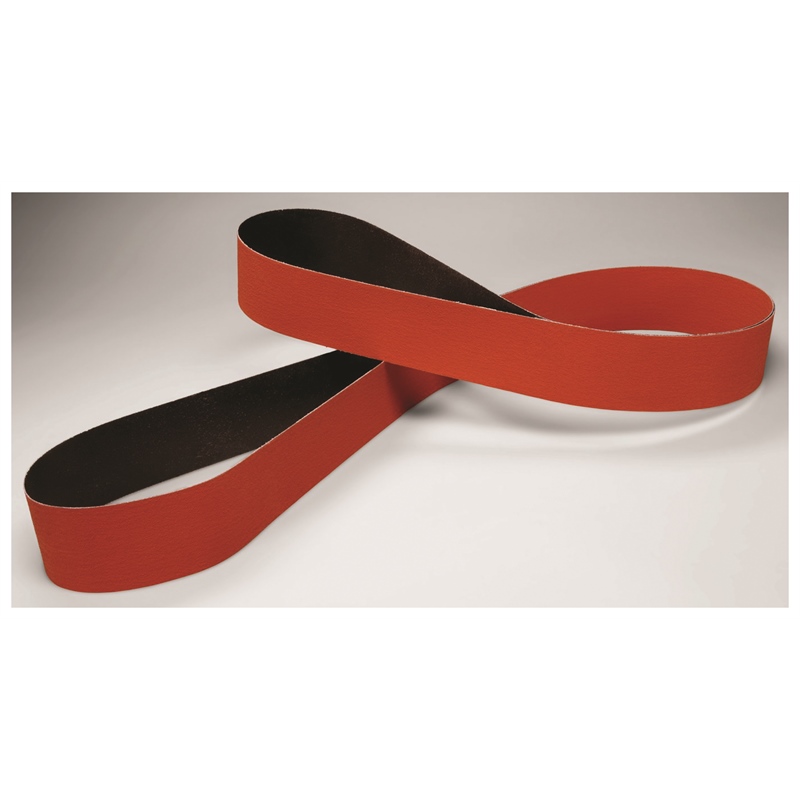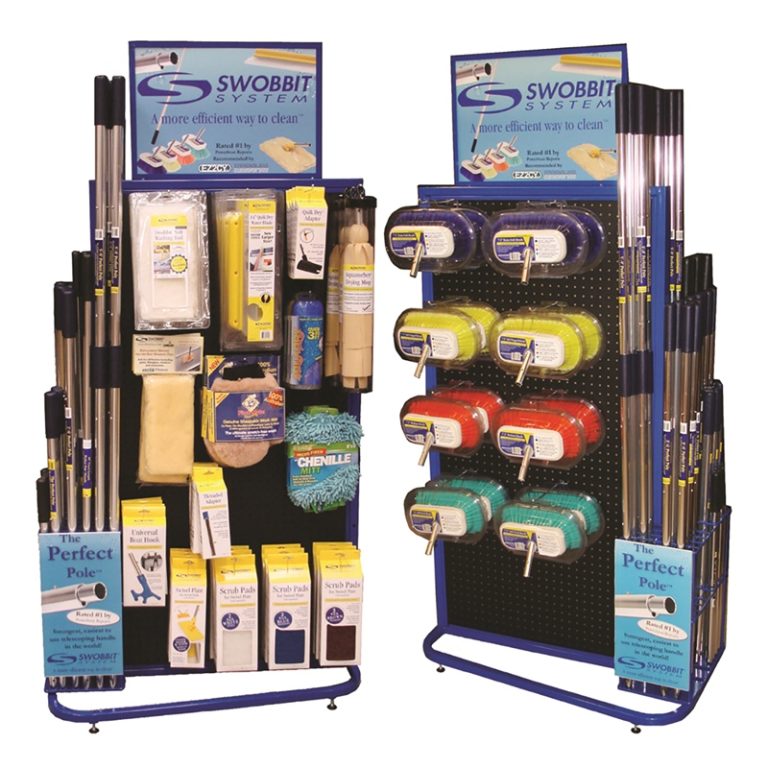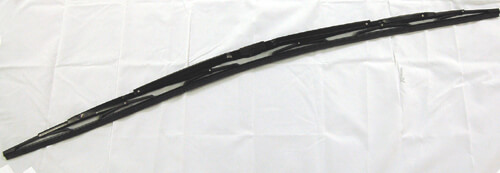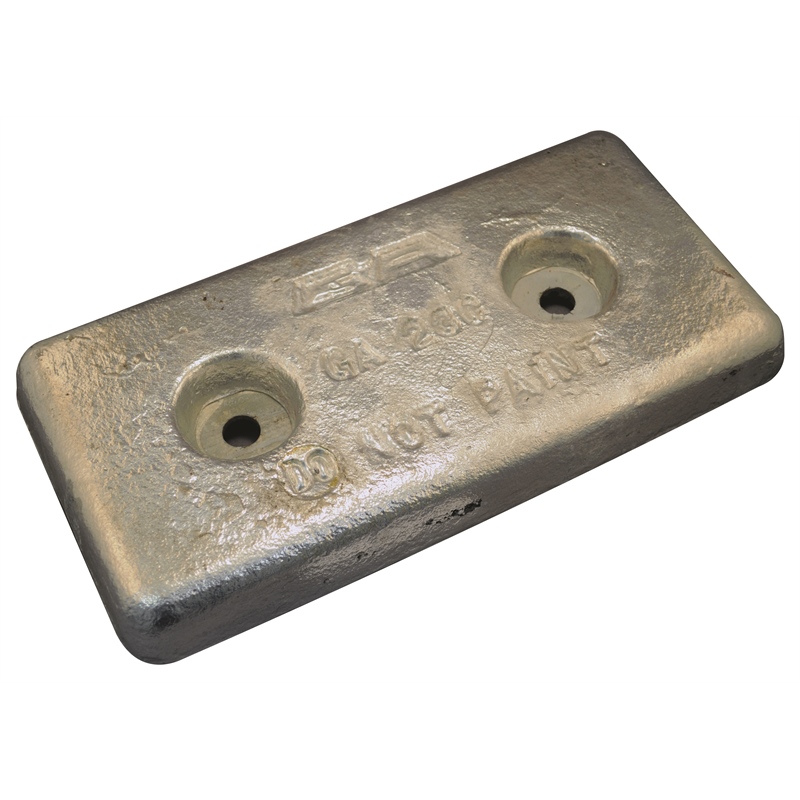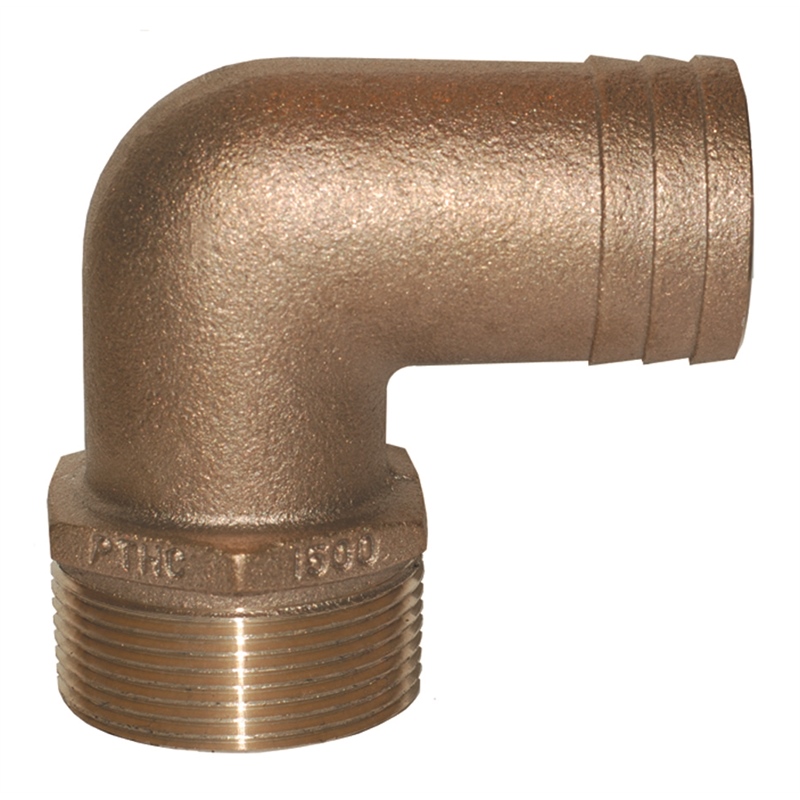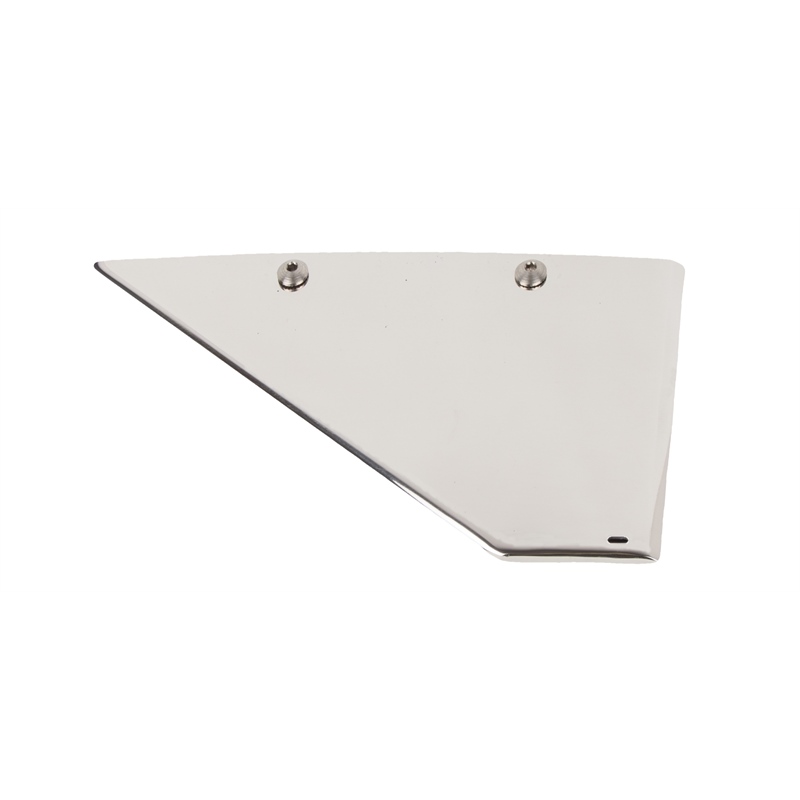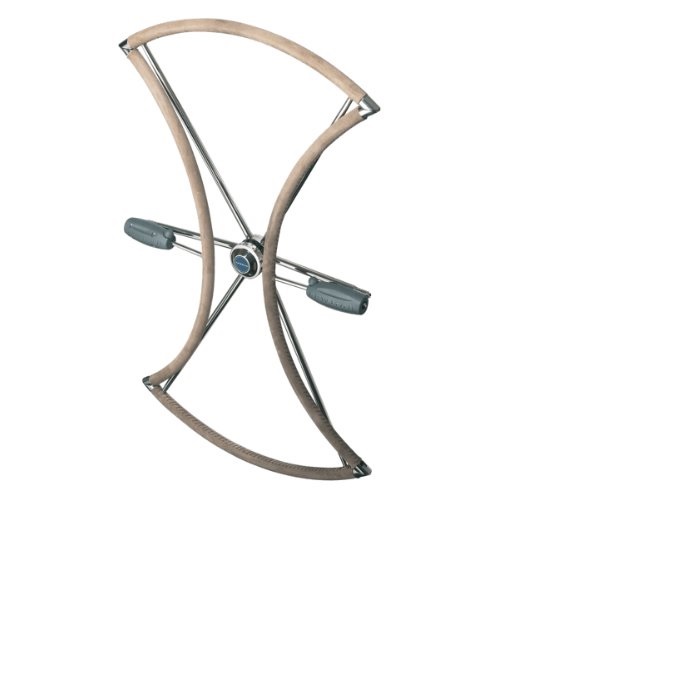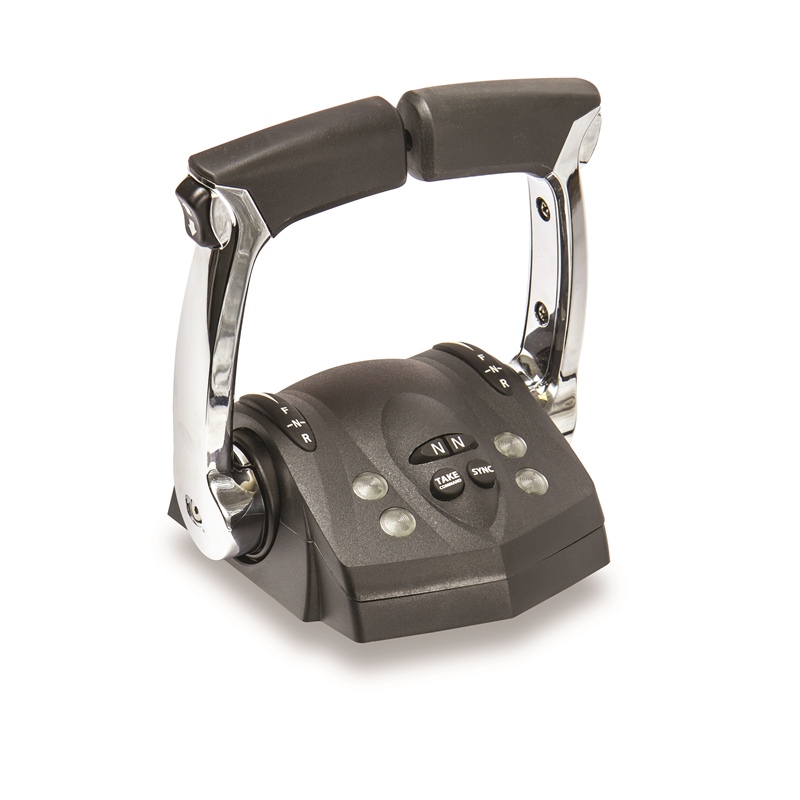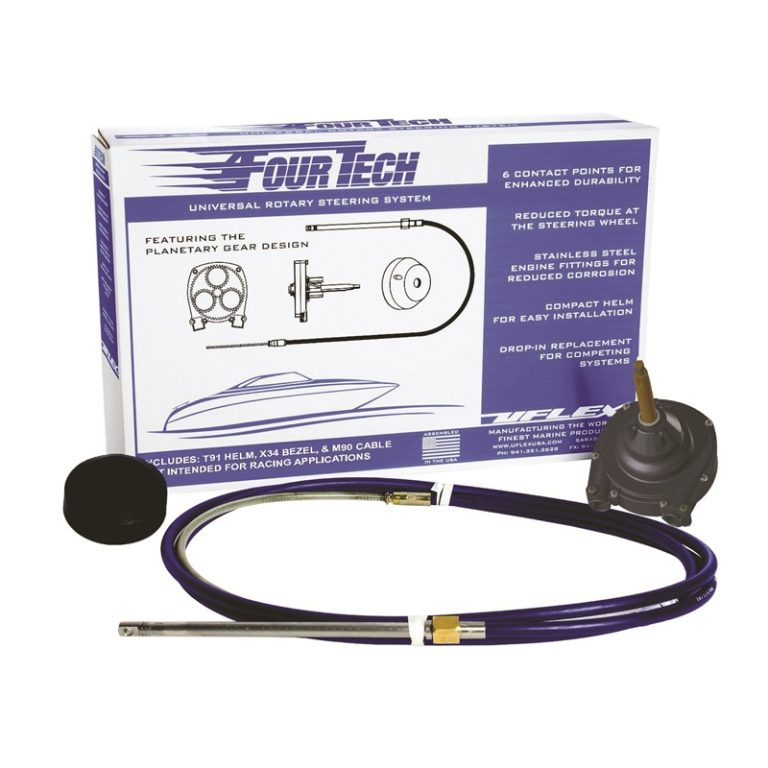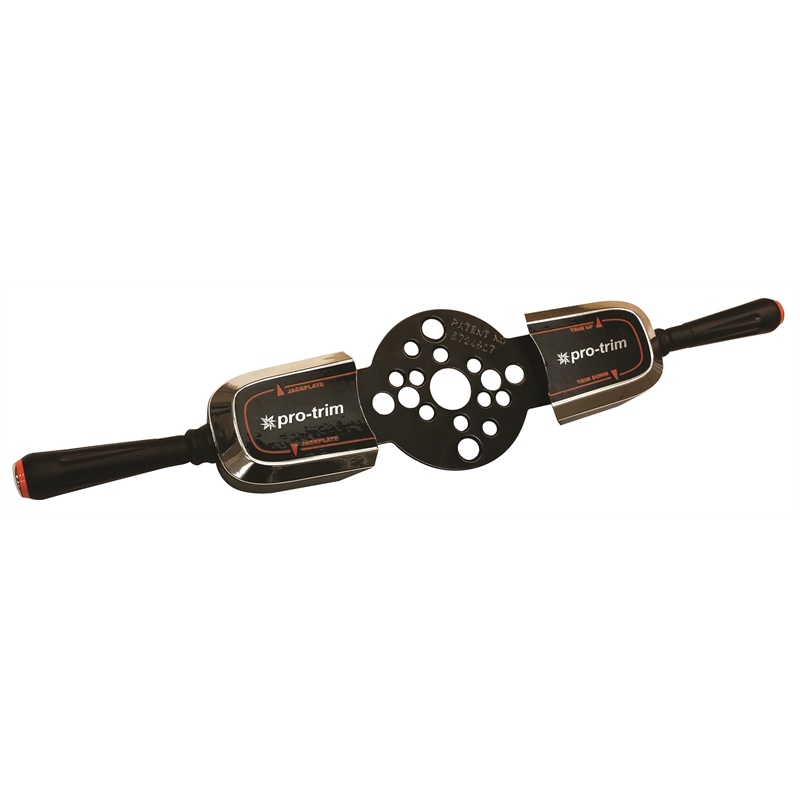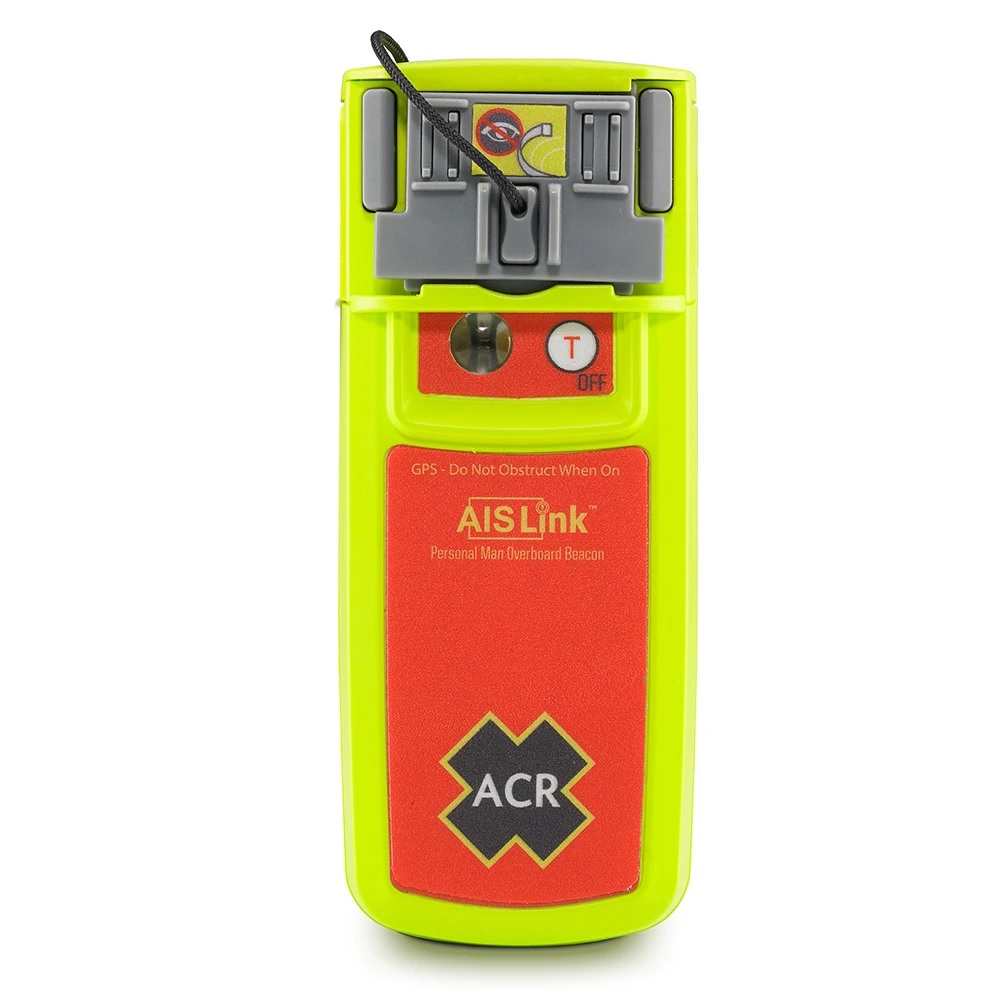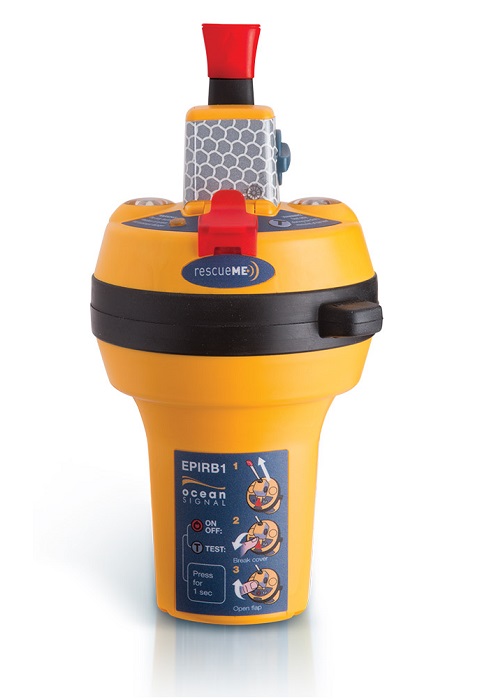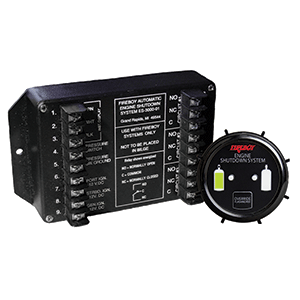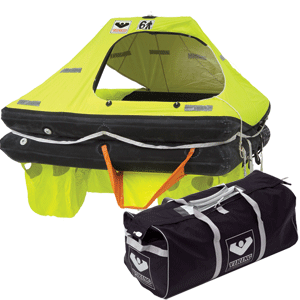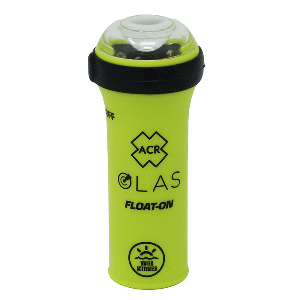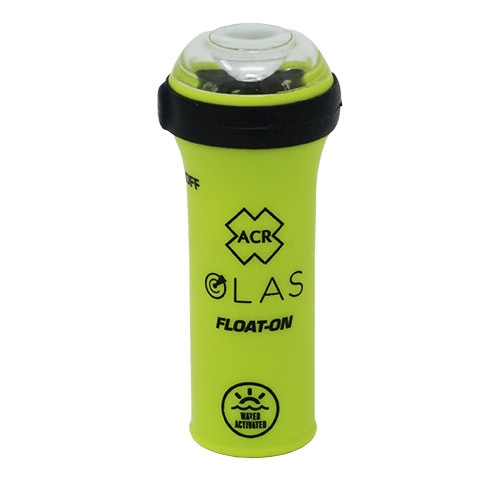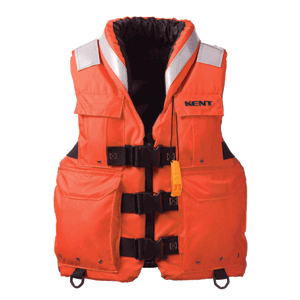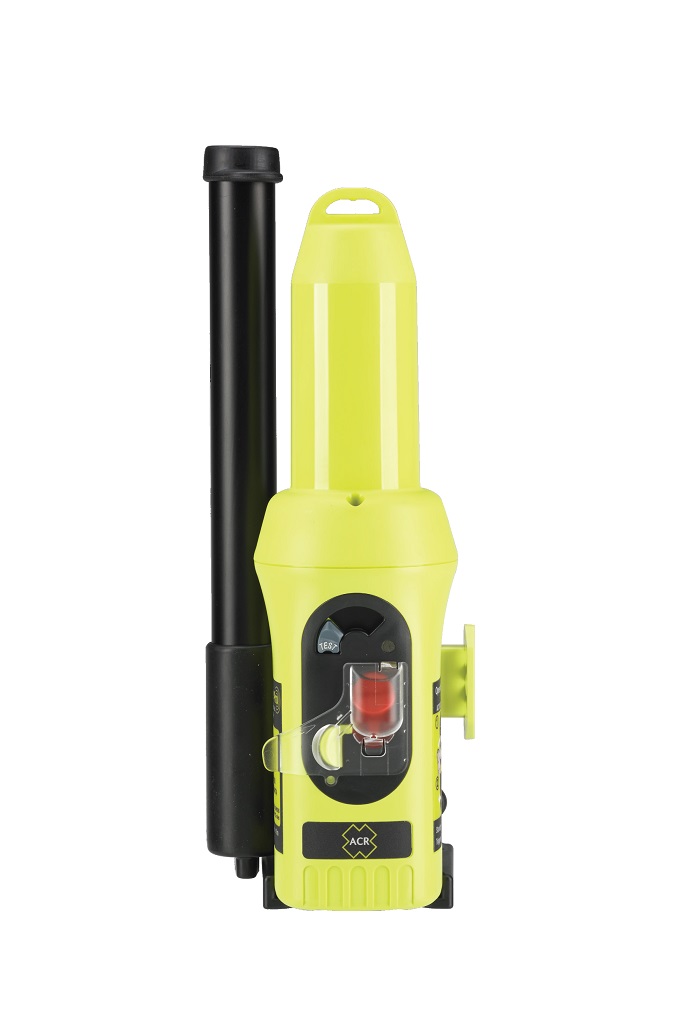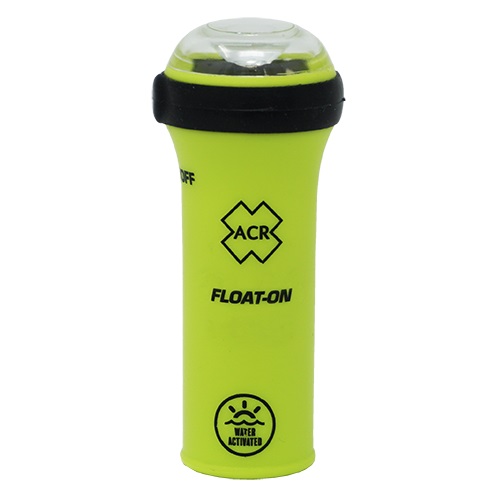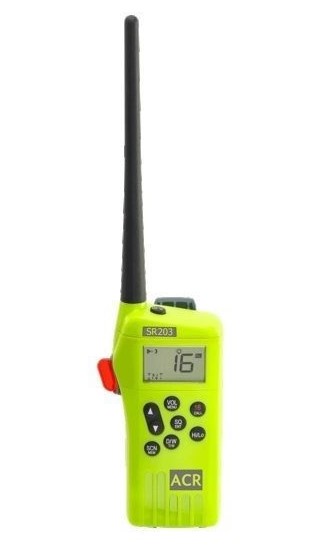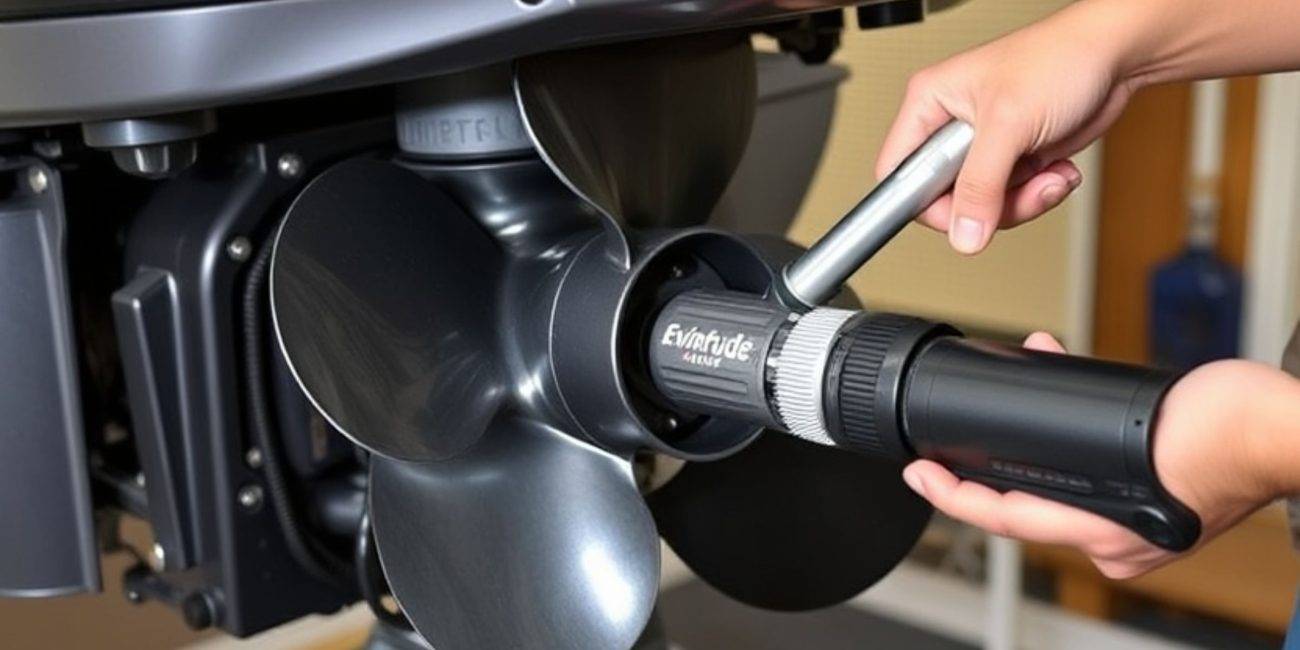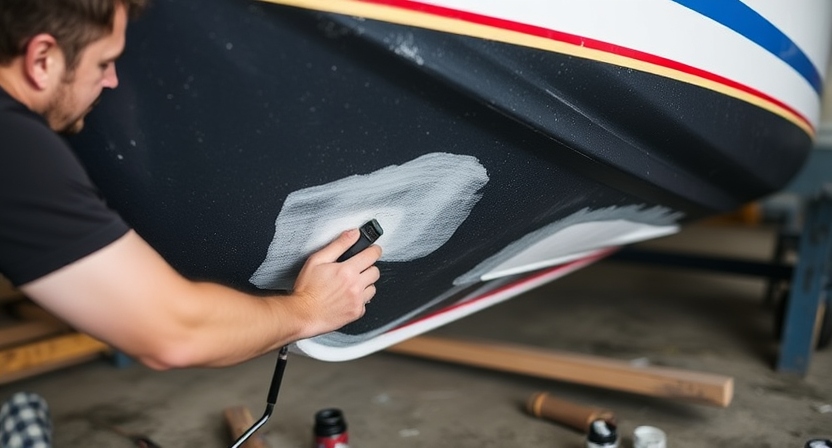Yamaha Lower Unit — Anatomy, Purpose, and Common Issues
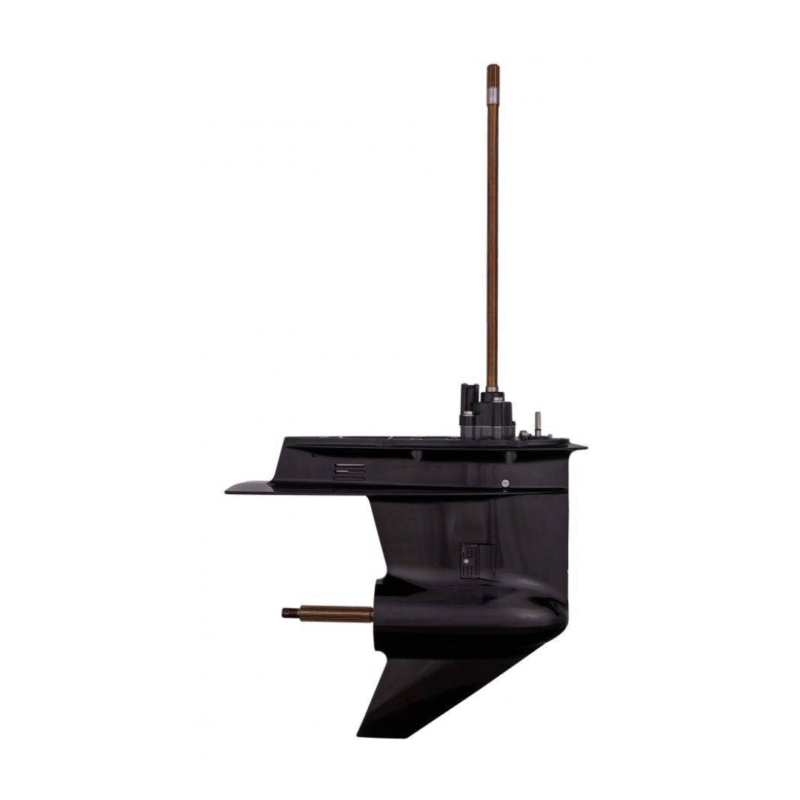
Figure: Yamaha lower unit — labeled diagram for quick reference.
Overview — what the lower unit is and why it matters
The lower unit is often called the “heart of your boat’s propulsion system.” It sits at the very bottom of your Yamaha outboard motor, submerged in water, and connects directly to the propeller. Inside, it contains a set of precision-engineered gears, bearings, seals, and shafts — all designed to convert the engine’s vertical rotation into horizontal motion that pushes your boat forward or backward.
Think of it as the transmission system of your boat — it transfers power efficiently from the engine to the propeller, controls direction, and maintains proper speed through smooth gear shifting.
The lower unit also houses the water pump impeller, which circulates cooling water through the engine to prevent overheating. Because it operates underwater, it constantly faces corrosion, salt buildup, sand, and impact from debris or rocks. Even minor neglect — such as skipping an oil change or ignoring a leaking seal — can cause severe gear damage inside the lower unit.
That’s why regular maintenance, proper lubrication, and periodic inspections are critical. A well-maintained lower unit ensures smooth gear shifts, steady thrust, better fuel efficiency, and a longer life for your Yamaha outboard engine.
Yamaha lower unit anatomy — key parts explained
Here are the main components found in most Yamaha lower units. Understanding these helps you diagnose issues quickly and communicate clearly with your mechanic.
- Gearcase: aluminum shell protecting internal gears and bearings.
- Driveshaft: vertical shaft from the powerhead that spins the pinion gear.
- Pinion & crown gearset: convert vertical to horizontal motion.
- Propeller shaft: horizontal shaft that spins the propeller.
- Bearings & thrust washers: support and align shafts.
- Water pump/impeller: circulates cooling water through the engine.
- Skeg: fin that stabilizes and protects the prop.
- Anode (zinc): sacrifices itself to prevent corrosion.
- Seals & gaskets: keep oil in and water out.
- Shift rod & linkage: select forward, neutral, or reverse gears.
Types & compatibility — choosing the correct lower unit
Yamaha builds many lower units by horsepower, shaft length, and model year. Two-stroke and four-stroke designs differ. Always check a yamaha lower unit compatibility chart by model when ordering — matching only horsepower is not enough.
How to read a compatibility chart (quick guide)
- Locate your engine model and serial number on the plate.
- Match your year and HP in the chart to find the correct part numbers.
- Confirm shaft length and spline count.
- When unsure, contact a Yamaha dealer or manufacturer support.
Example: A 2010 Yamaha F150 may use a different lower unit than a 2017 F150 despite the same horsepower. Always verify via chart.
Maintenance — detailed step-by-step (practical & safe)
Regular maintenance prevents failure. Follow this schedule to keep your lower unit running smoothly.
Routine schedule
- Every outing: check for prop damage, leaks, and steady telltale water flow.
- Every 50–100 hours or annually: change lower unit oil and inspect seals.
- Every 2–3 seasons: replace the impeller and inspect anodes.
- After hitting bottom or debris: inspect for bent shafts or case cracks.
How to change yamaha lower unit oil — step-by-step
- Warm up the motor to thin the oil, then shut it off safely.
- Remove the propeller for easy access and to check for line damage.
- Remove the vent screw (top) first, then the drain screw (bottom).
- Drain oil into a clear pan; look for milky color (water) or metal flakes.
- Flush if contaminated, then refill with Yamaha gear oil until it exits the vent hole.
- Reinstall screws with gaskets, then run the engine briefly and check for leaks.
Tip: Log oil changes with dates and hours — it helps track wear and resale value.
Inspecting seals and bearings
Each time you change oil, check seals for cracks or leaks. Rotate the prop and feel for roughness or play. Replace any worn bearings and seals immediately.
Diagnosing problems — how to identify a bad yamaha lower unit
- Milky oil: water intrusion — replace seals quickly.
- Metal flakes: gear wear — stop use and inspect internally.
- Grinding noise: worn gears or bearings — fix before total failure.
- Prop wobble: shaft or bearing damage.
- Hard shifting: linkage or gear wear.
- No telltale water: impeller failure or blocked intake.
Simple checks
- Verify telltale flow — no stream means cooling issue.
- Check prop shaft for excessive play.
- Inspect drained oil for metal or water.
Repair vs replace — making the right decision
Minor issues (seals, bearings, impeller) are repairable. Major gear or case damage often requires replacement. Evaluate age, cost, and condition before deciding.
Where to buy & how to choose parts
If you’re searching where to buy genuine yamaha lower units online, look for:
- Authorized retailers with strong reviews.
- Warranty coverage on OEM or remanufactured units.
- Verified compatibility by model number.
Shop genuine Yamaha lower units at AllBoatSupplies.com.
Yamaha lower unit rebuild kit parts list — quick reference
| Part | Purpose |
|---|---|
| Seal kit | Keeps water out and oil in. |
| Bearings | Support and align rotating shafts. |
| Thrust washers | Maintain gear spacing and load control. |
| Gaskets | Seal joining surfaces when reassembling. |
| Prop shaft pin | Secures prop to the shaft. |
| Bolts and studs | Replace worn fasteners for safety. |
| Assembly grease | Protects parts during reassembly. |
When to choose remanufactured vs new OEM
New OEM Yamaha lower units are manufactured by Yamaha specifically for your model, so you get original build quality, maximum reliability, and a full factory warranty. They use precisely engineered materials and components, tested for fit and durability, guaranteeing that your engine runs like new and maintains its value.
Remanufactured Yamaha lower units are rebuilt from used gearcases and housings, but all internal components—seals, bearings, gears—are replaced or restored to OEM specs. Well-done remanufactured units are thoroughly tested for leaks, proper gear engagement, and alignment, and are often backed by a warranty. For older or high-hour engines, remanufactured units save significant cost while extending engine life, especially when buying from a reputable supplier.
No matter which route you choose, always buy from trusted dealers or suppliers who offer a clear service history and a written warranty. That way, you’re protected against hidden problems, improper rebuilding, or compatibility issues. Quality records and transparency help ensure you receive a reliable lower unit with the right fit for your Yamaha outboard, whether it’s new or remanufactured.
FAQs — Quick answers
1) How often should you replace your Yamaha outboard lower unit oil?
Yamaha recommends changing your lower unit oil once a year or every 100 hours of operation, whichever comes first. For new outboards, the first oil change should be after only 20 hours to remove break-in debris. If your boat is used in saltwater, stored for long periods, or you notice milky or burnt-smelling oil, change it sooner. Frequent oil changes remove damaging contaminants and give you a chance to spot early warning signs—like metal shavings or water in the oil—that could prevent expensive repairs down the road. Always check your owner’s manual for your model’s exact requirements and use quality gear lube and new crush washers on drain plugs every time.
2) What are the symptoms of a failing Yamaha outboard lower unit?
Warning signs include milky or foamy oil (water intrusion), visible metal shavings in the drained oil (internal wear), grinding or whining noises (gear or bearing failure), hard or erratic shifting, oil leaks around the propeller shaft, excessive vibration, or overheating. Any of these issues signal that you should stop using your outboard and inspect it right away. Ignoring these symptoms can lead to catastrophic damage and expensive rebuilds or replacement.
3) Can you perform Yamaha lower unit repairs at home?
Yes, most basic maintenance tasks—like changing the oil, replacing anodes, swapping the water pump impeller, and inspecting seals—can be done at home with standard tools and a service manual. However, internal repairs involving gears, bearings, or shafts require special pullers, presses, shimming knowledge, and precision torque. These jobs are best left to professionals with Yamaha-specific training and tools. Always refer to a factory service manual before attempting any repair to avoid accidental damage.
4) Is a used or rebuilt Yamaha lower unit safe to buy?
It can be if you purchase from a reputable marine supplier who offers a written warranty, clearly discloses the unit’s prior usage, and guarantees compatibility with your exact engine model. Some rebuilt units are professionally inspected with new seals, bearings, and gears, but be cautious: private sellers may not reveal hidden issues. OEM new lower units often provide the best long-term reliability and peace of mind but may cost more up front. Always verify the return policy and warranty terms before purchasing used.
5) What is included in a Yamaha lower unit rebuild kit?
A typical Yamaha lower unit rebuild kit includes all the gaskets, O-rings, seals, bearings, and thrust washers needed to reseal and reassemble the gearcase. Some advanced kits include carrier seals, propshaft seals, driveshaft seals, and even new friction plates. It’s important to check your kit’s detailed contents against your engine’s manual, since kits can vary by year and horsepower. These kits do not include major gears or shafts; those must be ordered separately if worn or damaged.
🚤 Not sure which Yamaha lower unit fits your outboard?
Contact our marine experts for personalized compatibility support — we’ll help you find the perfect match for your boat or answer any questions you have about our products.
👉 Get expert help now : Check our remanufactured Yamaha lower units now at AllBoatSupplies.com
